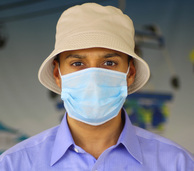|
...shopping in Sainsbury's supermarket in Croydon...and he's emptied the shelves of ALL the cereal bars, crunchy nut corn flakes, and PG Tips teabags (oh, and Nutella jars as well...which costs at least RMB75/GBP£8 a jar in China...in the UK it costs around £2.30 a jar (about RMB20))! Shopping for groceries never felt so good (!)
Yes, in Hong Kong, Suzhou, Shanghai, and other Chinese cities with an expat population we can get such goods, but they are mostly imported (i.e. they've most probably have been on a container ship for at least 3 months), and cost at least 3 or 4 times the price we pay in the U.K. (Tesco in China is nothing like the Tesco in the U.K. - it's localized to the Chinese consumer). When you are living for 90% of the year in a country where not many local retailers understand why foreigners drink black tea with milk at 4pm with cakes and biscuits (I can't live without it!), and why we eat cereal with milk every morning, your homesick body craves for such stuff when living 6,000 miles away (my Chinese/Australian/American and other expat friends who live in the U.K. do the same when they go back home for THEIR holidays to their countries). Flying from China and onto the Arabian Sea (we came over from Shanghai, Suzhou, Wuhan, Chongqing, Kunming, Nepal, Karachi, and into the Arabian Sea), the Airbus A330 comes close to the end of it's journey into it's final destination Abu Dhabi. Sunrises are always spectacular. Oblivious of the significance for earthlings, the sun rises on just another day above the skies at 39,000 feet.
After being in Guangzhou for nearly 4 months, I returned back to Shanghai from Guangzhou for a couple of short visits earlier last week. It felt like going to another country because everything is just so different in Shanghai compared to Guangzhou. Food, people, culture, weather, quality of life…and just about everything else (including language!). You can immediately feel the aroma of high life lingering everywhere around this fast paced metropolis. On the way from Hongqiao Airport to the Jumeirah Himalayas Shanghai hotel, which took around 40 minutes door-to-door, I passed 3 Ferraris, 2 Mesaratis, and countless number of Mercedes Benz luxury cars. Most of the drivers seemed to come across as being young professionals rather than your stereotypical mid-60s aged CEO of a multinational. Then there are the US$6 million villas dotted around the Jinqiao area of Shanghai, which is the kind of stuff that English footballers would love to have as their Asian holiday homes. If there is one city in the world that is defying the global economic crisis, and growing at a horrendously dizzying pace, then it is Shanghai. In a nutshell, Guangzhou and Shanghai are like oil and water.
Compared to its southern Guangdong friend, Shanghai’s culture and economy is forging ahead at an electrifying pace. Yes, the rooted Shangahinese culture and the history are there, but it just does not feel like China. There is too much affluence, too much arrogance, too much competition, and it’s just too damn fast. Talking of speed, things do generally get done quicker in Shanghai compared to other cities (even my former hometown Suzhou is slower paced!). So for example if you go to the bank to get a new bank account, or if you are waiting for a taxi, or even if you are waiting to have your freshly brewed coffee made for you, then in my experience it all tends to be quicker (and smoother without the language misunderstandings) in Shanghai. Then there is sheer glamour, which must promote Shanghai as China’s vanity capital. A recent example of this has been the arrival of the former Chelsea footballer, Didier Drogba. The African from Ivory Coast has joined Shanghai Shenhua, a club that is currently languishing in 13th place in the 16-club league, for a reported US$350,000 a week. This is in a country that has plenty of ambition to rise up the ranks of global football, but are struggling to do so. Such feasts of money can only be added to Shanghai’s history of creaming to attract the world’s attention. Last week, the club hosted Manchester United for a friendly in another vanity show (much as they strived to achieve their best in the heat and humidity, they lost 1-0 to the visitors). But among all this hustle and bustle, one thing sticks out clearly. Some observers have pointed out that Shanghai has already reached the accumulative elegance and affluent reputation enjoyed by Hong Kong. Chic fashion, money, glamour, and absolute snobbery are all the cultural ingredients that make up modern Shanghai. The Bund and Pudong areas are paved with gold. Perhaps a strong sign that the city which used to be known as the ‘Paris of the East’ during the pre-second world war years, may now enjoy the title of being dubbed the ‘New York of the East’. Indeed, Shanghai (and other 1st tier Chinese cities) are being exposed to a myriad of foreign brands, especially American goods and products due to inward investment as keenly encouraged by the Chinese government. In my viewpoint, China’s newly found middle-class and upper-class are indulging in tastes of western food and other shopping traits, more than what European people or Americans’ would indulge into. KFC, Pizza Hut, MacDonald’s, Dunkin Donuts, Papa John’s Pizza, Starbucks, Dairy Queen, Subway Sandwiches and others have outlets in every street corner of the major cities (even in 2nd tier cities). You name it- all the big American brands have established base in China, and business wise they are profiting at a higher rate than back in the USA because selling Western fast food to Chinese people is no longer a mission impossible. The downside of this could be that the younger generation of China may not appreciate their own way of culture and food in years to come. I don’t know. This is just my own personal viewpoint. A sheer example of speed being used to the max in Shanghai, and its dramatic connection to technology (literally) is the super high speed Maglev train. Balanced at around 20mm above the tracks, Shanghai’s Maglev Train breezes the 32kms between Longyang Road Station and Pudong International Airport in a remarkable 7 minutes 30 seconds. Winding up to the maximum commercial speed of 431 kph takes about three minutes. There are no seatbelts - at this speed it’s not worth worrying about the consequences (really). The front of the train displays battle scars - victories of scrapes with birds and bugs. The train banks into a slightly tilting angle, and produces a quick fire shotgun-like sound when it passes other trains at speed. This is as close as passengers will get to enjoy the feeling of what it may be like if a plane was speeding on the ground instead of at 37,000 feet. The adrenalin rush is felt from the moment the train begins its journey right the way through to the end. The feeling stays with you for a while after disembarking the train – almost like as if you have touched down on earth again. However, I found out last week that even the technological heights of the Maglev are a world away from reality of rural China. Because of a severe typhoon hitting Guangdong Province last week, I decided to take the plunge and embark on a 14-hour train journey from Shanghai to Wuhan, and then on from Wuhan to Guangzhou (costing a total of RMB 1000). If I had wanted a real adventure, then I could easily have taken the direct 15-hour night train from Shanghai to Guangzhou (costing only RMB230), however there were no sleeper beds available and only hard seats (not wooden seats as may imagine, but still uncomfortable for a 15-hour night journey). Now, without being stereotypically negative, from my experience I have found that while 1st tier Chinese cities such as Shanghai and Beijing may have world-class infrastructure and sheer affluence, however the culture and quality of life in the rest of the country still needs improving. With a thriving economy, the issue that stems out is that China is a large and complex country with many things on the government’s agenda that will take time to resolve. Because of the extreme cultural and social contrasts, China is a country that you either fall in love with, or you end up despairing. I adore the former concept because of the color and vibrancy of the place. The train journey itself showed a different side of the country as opposed to the ivory towers of Shanghai. Some of the odd and eccentric behavior I encountered on the train journey (and this was in the first class cabin) was: people carrying live chickens in their hands (read = dinner/lunch for those who have no fridge), loud snoring (with mouth open), playing mah-jong, non-stop chain smoking, a bunch of grannies talking non-stop, kids keep taking photos of me and then running to show their parents ('mum/dad, look a foreigner!!'- they would say), slurping loudly of noodles (!), loud slurping/sipping of tea cups, spitting with a loud 'Krrraaggg thoo', people drinking alcohol and barbecued meat at SIX in the morning at Wuhan station (!), people wearing pajamas during the daytime train, mothers breast-feeding their babies in front of everyone (!), strong stench of human waste coming in from the open train lavatory, cutting finger nails (non-stop), loud mobile phones (annoying music tunes to go with them), and just endless…noise. It was an experience.... I noticed someone took a photo of me, and as we came close to Wuhan station a young couple from Hunan approached me asked me if it was OK for them to take a photo with me (because I am a foreigner). It wasn’t a quiet journey, even if the cabin was meant to be a ‘quiet cabin’. People stared at me in curiosity. These days, in the bigger cities Chinese people would not even blink an eyelid if a foreigner walked passed them because they have got used to us. However, in rural areas and places such as a long haul train, it is still common for people to stare at foreigners. It’s just friendly curiosity. Even as I am sitting here in a café in Panyu (Guangzhou), people are randomly stopping by and curiously just standing and watching what I am doing. Because I can understand Mandarin, I can hear things like ‘Oh look, there is a Laowei (foreigner), what’s a Laowei doing here?’; ‘Oh look, there is a Laowei using the laptop, so many Laoweis’ in China these days!’; ‘I think he must be from Iran, yeah looks Middle Eastern. Shall we ask him?’. It goes without saying that questions like these may be common place for any human being to be asked at if they are in a non-international/non-multicultural environment. So, yes I may get those kind of questions and curiosity from the locals even if I go to, say for example, Africa, North Korea, or Burma. In all my years in mainland China, I have got used to these kind of comments (even though I personally don’t like it). However, I am sure that for any newcomer to China it may make them feel: either 1. Annoyed, 2. Feel like a superstar, or 3. Spoil them because people are treating them like a VIP. I wonder if North Korea would be the same one day (if they open up to the world as China has done). Yes, neon lit cities such as Beijing, Shanghai, Shenzhen, and Suzhou give you the impression that China is as advanced as any other global city in the world. The infrastructure in China is one of the best in the developing world (and in some parts even better than the developed world). For example, I have not experienced a power failure in all the 9 years I have been in China (like India experienced earlier this week, where half of the country had a power shortage- that kind of thing can never happen in China because the infrastructure is much more advanced). The younger generation who live in the big Chinese cities have not been exposed to the difficult humble upbringings that their forefathers endured during hardships times in years gone by. This goes especially true for the 2nd generation who are born after the 1980s who are perhaps more used to having dinner at The Ritz-Carlton, or drinking their morning coffee everyday at Starbucks instead of tucking into traditional Chinese breakfast. However, it’s only once you enter the countryside and the 2nd tier cities you immediately realize how much improvement there needs to be made in order to get the rest of the country to where it should be. On the train journey I took there were a whole host of things that made me feel how damn lucky I was not to have taken the all-night hard seat train as that would have been a million times worse than the daytime experience. Below are some photos from my time in Shanghai (and some of the train journey as well). - Navjot Singh Because China is such an enormous and complex country, therefore moving to a new city in China can be described as an experience similar to that of moving to a new country (even if those two cities are within the same province). This means when you relocate your life from one city to another city in China then you will most likely have to:
1) get a new mobile phone number, 2) apply for a new bank account, 3) re-register with the local police as a foreigner, 4) get accustomed to the culture, and language of the new city 5) get used to the local food 6) get used to the business culture as well as the people’s culture From my first three weeks in Guangzhou, what I have come to realise is that generally in the south region there is no real sense of urgency in everything the local people do- and I mean EVERYTHING. The first impression of this is clearly visible as one arrives at the city’s airport. The ever-slow paced queue at the arrivals taxi stand seems to go on for as far as the eye can see. Other examples include the laid-back approach displayed by the staff at local banks, and even mobile phone shops, and waitresses at restaurants taking forever to deliver your dishes. Despite being in Guangzhou for such a short time, I have also happened to experience two separate cases of theft in such a short time. The first case involves identity theft. I relocated from Suzhou to Guangzhou, which is a journey of around two and a half hours by plane. When I left my apartment in Suzhou, I forgot to deactivate my internet account, and I forgot to deactivate my mobile phone account for Suzhou too. Once I got to Guangzhou, I called the service provider (China Mobile), and asked them to deactivate my Suzhou internet account. To my frustration, they told me that I have to physically go back to the branch outlet where I originally signed up for the internet account to be able to permanently deactivate the account. That meant that I would have had to take at least a day (make that two days just in case of flight delays, etc.) to go back to Suzhou just to close an internet and mobile phone accounts. Now, to make matters worse, the person who moved into my home in Suzhou started using the internet for free under my account because it was still open. He even started using mu mobile phone number (by claiming to be me!). The only solution for this dilemma was for me to change my password for both my internet account and also my mobile phone number, and until I returned to Suzhou I could not close both accounts down (and I have no idea when I'll return to Suzhou). The second case happened on the ground here in Guangzhou. This Cantonese city, in my experience, being a 2nd tier Chinese city, also comes across as a riskier place compared to the westernised cities such as Shanghai and Beijing. Good people and bad people reside everywhere; however, that risk of bumping into certain troubles tends to become more apparent in slightly deprived areas of any city in any part of the world. Guangzhou is no exception to this. What I experienced yesterday was nothing short of stuff compared to classic Hong Kong movies (without being stereotypically negative here). I was in a coffee shop in Panyu in the southeast part of Guangzhou. My intention was to have a nice cup of coffee and make my way to the local bank so I could open a new Guangzhou bank account. As I left my laptop bag on a chair, and made my way to the counter to pay for my coffee a young man calmly picked up my laptop bag and left the coffee shop. My immediate reaction on realising the theft of my bag was of shock and anger with myself of leaving it on the chair (even for less than a minute). I called 110 for the police, and at the same time questioned the shop staff on why they did not stop the man. Their response was that because the man left the shop so calmly, they thought he was my friend. The most worrying thing for me was not losing my laptop or passport as those could easily be replaced with new ones, but of losing my precious photos, and all the articles I had written (including the manuscript for the 2nd edition of my first book on China). Even my backup USB drive was in the bag. In the 5 hours of drama that followed, remarkably the thief called me back (he found my number on a document inside my bag), and asked for 200,000 yuan in ransom (approx. £20,200 GBP). To cut the story short, eventually I had agreed to go with at least 10 undercover police officers to a specified location on the outskirts of Guangzhou with 'fake money'. The plan was to hand over the ‘fake money’ to the culprit, and at that moment, the plain clothed police officers would jump in to arrest him by surprise. I did manage to tell the thief (through a translator who could speak Cantonese), not to erase any of the data from the laptop as that meant a lot to me. As we made our way to the undisclosed location in a disused industrial area of Guangzhou, we got news that the unarmed man had turned himself into a local police. Thankfully, all of my belongings were returned in one piece (including my passport, house keys, credit cards, and around 1,000 yuan of cash). It could easily have turned ugly. While being interrogated, the man claimed to be mentally ill (he showed the police a doctor’s note), and claimed he was not aware of what he was doing. With tears rolling down his face he apologised to me. It's perhaps a relief that I got everything in one piece but shockingly according to Chinese law, if someone is mentally ill then they cannot be charged for any crime no matter how serious the offense is. So effectively this man got away lightly. A journalist from the Guangzhou Yanchang Evening News accompanied me throughout the event to note it on record. He told me that only 3 weeks ago another mentally ill man beheaded his own uncle in Tian He District, but he could not be charged for the murder because he was proven to be mentally ill. Scary hey? So, thankfully it was a good conclusion, and it was nice to know so many good people were there to assist me at this difficult moment in my life. This included my colleagues, the police, and my friends who kept me company on the phone throughout the ordeal. I got my laptop back. However, most importantly I got my articles, manuscript, and precious photos back. You can bet your bottom dollar I’ll never let go of my bag next time I order a coffee (not even for a second…not in a place like Panyu). After months of talking about it, finally it has come time for me to relocate back to Guangzhou, the capital city of Guangdong Province in Southern China. Guangzhou has a special place in my heart because I lived there for a few years when I first came to China in 2003. I have enjoyed living and working in Suzhou for the past 11 months (excluding the 2 months in Shanghai).
Suzhou is technically split into two parts- the historic Suzhou, and the Suzhou Singapore Industrial Park (SIP). The old Suzhou is still very much a tourist town with all the historic gardens and canals. Whereas Suzhou SIP is more of an expat haven that feels like being in an affluent part of the U.K. or the U.S.A.. In the SIP area there are famous International schools such as Dulwich College Suzhou, and there are MANY expat shops, restaurants, and bars selling imported European and American food. Suzhou SIP itself is perhaps the most beautiful, cleanest, and spacious city I have been in China. Prior to my arrival in Suzhou, my impression of this city was somewhat limited to one that most non-residents have, and that is of an ancient and historic Suzhou with period architecture and lush greenery blended in with canals (hence why it's known as the Venice of the East). I never imagined that one day I would be living the life of an expat in this city. It is quite a privilege to be able to witness the beauty of Suzhou as a 2nd tier city, and also how rapidly it’s growing, both economically, and geographically. I have really enjoyed living here, and I am going to miss it a lot. It really is a fantastic place to live in. In the SIP area, you can go to Jinji Lake, Times Square, and around Ling Long Wan to do shopping and eat delicious Korean and Japanese food. Suzhou has a large Japanese and Korean expat community. Then there is an assortment of Americans, British, French, Spanish and other European nationalities, Indians, and of course, Singaporeans. In fact Suzhou is not as expensive as, say for example, Shanghai, Shenzhen, or Beijing, but it is more expensive than most 2nd tier cities such as Guangzhou, Hangzhou, Ningbo, and Tianjin. For example, the house prices in Suzhou vary from around 1300RMB a month for a 45 Sqm 1 bedroom home (in downtown old Suzhou), to 35,000RMB a month for a 150 Sqm 4 bedroom home (Suzhou SIP area). I live in the SIP area, quite close to Kunshan and so the house prices in this area are competitive for the expat luxury market. It may be frustrating sometimes that the roads in Suzhou SIP are EMPTY 90% of the time, where the streets in downtown Suzhou are BUSY 90 of the time! That's the remarkable beauty of this amazing. There are also two railway stations- One in the SIP area (more modern but quiet and empty), and the main Suzhou station (Very BUSY). Overall, Suzhou SIP feels like a ghost town because the roads are all empty 24 hours a day (photos below)! Having lived and worked here, I also feel that the people of Suzhou are more oriented towards their career and are more serious on maintaining a long term job security than people, in say, Shenzhen (where most of the people are migrants). So, with a very heavy heart I say goodbye to Suzhou. On the other hand I am very much looking forward to relocating back to Guangzhou (I used to live in Panyu for over 2 years before coming to Suzhou and Shanghai). Here I have included some images of life in Suzhou. There is a good mix of the old and new Suzhou. Amidst the sad feeling of missing good friends, and my home for the past 11 months it's time to face the facts and move on in life. That's the way the stone rolls. The rock tumbles...the cookie crumbles. Ciao Ciao Suzhou. :-( Famed for being as the backdrop of many foreign and Chinese movies, including the Hollywood hit, ‘Mission Impossible 3’, Zhouzhuang is consistently considered to be the best and the most popular "water town" in China’s eastern region. Located around 35km southeast of the eastern Chinese city of Suzhou, and on the southern shores of the famed Lake Baixian, Zhouzhuang is remarkably tiny compared to other water towns around this part of China, such as Luzhi, Tongli, and Mudu. The town is well noted for its rich culture and the well preserved ancient residential dwellings, many of which still remain in a similar condition to what you may have found if you had come here, say 30 years ago. It is one of the few ancient water towns wehre over 60% of the buildings are the original structures from the Ming (CE 1368-1644), and Qing Dynasties (CE 1644-1911).
With a rich history spanning over 3,000 years, Zhouzhuang is a living example of how people used to live their lives in China well before any of the technologies of modern life that we take for granted these days came into effect. The best way to explore the town is by taking a trip abroad one of the gondolas (costs 100RMB for a 1 hour tour of all the canals). While rowing the gondolas through the narrow canals, the oarsman will be chanting folk Chinese songs which themselves contains stories about the life and culture of this ancient water town. The town originated as a village by the name of Zhenfengli during the period around the Period of the Eastern Zhou (BCE 770-221) Dynasty. It is claimed by historians that the town received its current name in CE 1086 during the Northern Song (CE 960-1127) Dynasty when the village was donated to Zhenfengli's Quanfu Temple by a devout Buddhist by the name of Zhou Digong, who owned this piece of land. Quanfu Temple is a marvel of a temple complete with some original artifacts on display, and it forms a signature part of a tour of Zhouzhuang. Until the early 1980s Zhouzhuang was perfectly hidden away from the world’s eyes. The town was only bought to the world’s attention when an American businessperson who owned an art gallery in New York, visited the town and realized its true gifted potential as a tourist town. The interest in watertown Zhouzhang has sparked interest in other watertowns across China, and in particular, the watertowns of the Suzhou area. Since the 12th century, Zhouzhuang has been connected to the Grand Canal, which extends from Hangzhou in the south to Beijing in the north. In terms of food, the town has plenty of offerings of fresh fish (from the water), house made rice wine (very sweet tasting), and pork meat (especially pork knuckles!). If you are going from Shanghai or from Suzhou then you need a full day set aside for exploring the whole of the town. The following places of interest are worth paying a visit at Zhouzhuang: Quanfu Temple Strikingly beautiful and located inside Nanhu Garden, Quanfu Temple is a Buddhist place of worship built on the shores of Lake Nanhu. The temple is so large that had to be divided into four parts, which related to the four seasons of the year. The enormous prayer halls of the temple are a delight to be in as it brings out the best of all the different personality faces of Buddha. Light a joss stick and make a wish! Milou Tower The distinctive looking Milou Tower is situated next to Zhenfeng Bridge on the islet in the southwestern part of Zhouzhuang. It is clearly visible as one makes their way to the entrance of the ancient town. Milou Tower was originally a place where actors and writers would gather around to perform or tell stories. Even to this day performances take place at the Milou Tower. Chengxu Taoist Temple Considered to be one of the largest and most famous Taoist temples in the region, Chengxu Taoist Temple is located on Zhongshi Street, just opposite Puqing Bridge. Originally built during the Song Dynasty (CE 960-1279), the temple contains fabulous halls including Sheng ("Sanctity") Hall and Doumu (Goddess Mother of the Great Wagon) Hall, while its pavilions include Yuhuang and Wenchang. Shen Mansion Situated discreetly in the narrow Nanshi Street, Shen Mansion is Zhouzhuang's largest residential building containing over 100 rooms covering an area of over 2,000 square meters. With its beautiful courtyards, each surrounded by living quarters, the mansion is the stuff made out of dreams for any emperor. Take note of the expensive period furniture still on display in the rooms. The Former Residence of Ye Chucang A native of Zhouzhuang, Ye Chucang (1887-1946) was a poet and statesman who made many efforts to reverse the destructive effects of opium abuse and gambling during that period. His residence is made up of five courtyards and three main architectural structures (Zuyin Hall, Ye's private residence; and the Main Hall). The lavish displays of rich furniture and the strong smell of mahogany and oak strongly flavor the air. It provides a glimpse of what life must have been like for the gifted Ye Chucang. How I got to Zhouzhuang I took the coach from Shanghai Railway Station. The journey takes approximately 1 and a half hours, and costs 25RMB one way. There are regular buses throughout the day from Shanghai or from Suzhou (if that’s where you are travelling from. The journey takes around an hour and costs less then 10RMB one way). Zhouzhuang is close to Tongli Village. This article was also published on TheTravelEditor.com With a rich history of over 2,000 years, Guangfu is a tiny ancient water town lying 22 km west of the eastern Chinese city of Suzhou. The town falls on the shores of Taihu Lake, the 3rd largest natural lake in China. In the Datong period of the Southern Liang Dynasty, the powerful ruling Gu family abandoned their residence and built the Guangfu Temple. They then renamed the town "Guangfu" in their honour. Various ranges of luxuriant hills surround the town.
In Guangfu Town, tourists can visit the Guangfu Temple and the Guangfu Tower (known as the Guangfu Pagoda). The cost to visit the Guangfu Temple is 12RMB, and this gives the visitor entrance to the tower as well. The tower offers splendid views across to the town, and the lake. The rest of the view in the horizon is somewhat obscured by the hills. Dengwei hill is situated south of the town has been covered with plum trees since the Western Han Dynasty (206 B.C.-25). In late winter and early spring, plum blossoms end up transforming the slopes into a sea of flowers, which is the famous "sea of fragrant snow." Located around a 20 minute bus ride (take bus number 64 from Guangfu town just outside the temple) is the magnificent Qionglong Mountain (pronounced: Qionglong Shan). The mountain is excellent for hiking and has numerous trails which would quite easily allow you to explore around a whole day to explore. This mountain has a cultural significance because one of China’s most influential emperors, Qianlong, is said to have climbed the mountain on all six of his trips to this part of China. The story says that on one of his trips the emperor fell to his knees to worship the spirit of his father and from where his knees fell, two separate springs arose. That very spot is still there today known as the ‘Knees spring’. To get to the peak of the mountain takes around an hour and a half- though can be quicker if you can do it. There are two beautiful temples on the peaks. The one with the most significance is Shangzhen Temple, and it’s quite spectacular in size too. You may find a few surprises there, as I did on my trip. How to get to Guangfu, and Qionglongshan? From downtown Suzhou you can take bus number 2 to Mudu (or the metro line 1 to Mudu), and then take bus number 64 or 63 from Mudu to Guangfu (cost is around 3 or 4 RMB per person). The journey from downtown Suzhou to Mudu takes around an hour, and about a similar amount of time from Mudu to Guangfu. If you want to go to Qionglong Mountain, the it’s probably best to take bus number 64 as that bus stops right outside Qionglong Mountain, and then continues to Guangfu (and Mudu if you are going towards downtown Suzhou). You can also take a taxi from downtown Suzhou to Guangfu (costs around 100RMB), and to Qionglongshan (costs around 80RMB) . Mudu is a tiny ancient water town located on the shores of Taihu Lake to the southwest of the eastern Chinese city of Suzhou (Jiangsu Province). This water town differentiates itself from other water towns by being surrounded by hills and, beautiful natural scenery. Though the town of Mudu itself is a reminder of what China may have looked like, say 30 or 40 year ago, the actual ancient part of the town is the place to explore. Covering an area of around 35 square kilometres and with a rich history stretching more than 2,500 years, Mudu has witnessed the rise and fall of many Chinese emperors.
Much to the surprise to visitors, the entrance to the ancient town of Mudu is adorned with a myriad of KTV bars and restaurants selling local fanfare. As one walks through the piles of fruit skins that have been carelessly thrown by local vendors on the same paths on which previous Chinese emperors have walked on, you realise that Mudu is most definitely different from all the other water towns that you may have come across. Among the things to see of interest to the world traveller would be The Hongyin Mountain Villa. It’s is a famous private garden dating back to the reign of Qianlong in the Qing Dynasty. The beauty of its rockeries, brooks, and the splendours of its nature (trees, plants etc), pavilions, and pond for surpass other gardens. The key point to mention is that the Emperor Qianlong had been to the Hongyin Mountain Villa six times during his six visits to the south of the Yangtze river. At this spot he landed from the boat, toured the garden and saw the performance of the plays. An escort of Qing officials including Liu Yong stayed at the Hongyin Mountain Villa twice, leaving numerous storeys behind. The villa is made up of two Ming gardens: The garden of beautiful wilderness, and the Small hermit garden. By the end of the Qing Dynasty part of the small hermit garden became the residence of the embroidery queen Shen Shou. Then there is the splendid Yanjia Garden which was originally the residence of the famous scholar Shen Deqian in Suzhou during the reign of Emperor Qianlong in Qing Dynasty (1644-1911). It has been reconstructed many times to make sure that it retains its beauty. The town is popular with young people who want to dress up in costume and pay homage to emperor Qing (and his empresses!). Apart from the ancient town of Mudu itself, there is a beautiful hill that one can climb to take in aspiring views of the town and beyond from the peak. The 182 meters high Lingyan Mountain (Spirit Rock Mountain) is situated in the suburban area of Mudu. The journey to the peak, where there beautiful Lingyan Temple is located, takes around an hour. The small path up to the top of the peak is constructed with rocks. Located just behind the temple is a magnificent Duobao pagoda (which was closed at the time of my visit). The path to the top of the hill is made up of numerous bamboo trees (planted, and not natural). The path can be somewhat steep at times so it’s best to wear a strong yet comfortable footwear (business shoes and suit would not suffice as I saw some locals wearing). Leave the Armani gear at home, if you are coming to hike. At the feet of the mountain you’ll be welcomed by a very colourful scene composed of numerous street food vendors selling everything under the sun from freshly cut pineapple slices to stinky tofu (I honestly can’t stand that stuff after all these years in China). Prepare around two hours to see Mudu ancient town, and around three hours to explore the Lingyan Mountain at gentle pace. How did I get to Mudu? I took bus number 2 from downtown Suzhou (just near XinJia Hua Yuan on Xian Dai Dao). The bus stops right outside of Mudu ancient town, at the footsteps of Lingyan Mountain. The journey took around an hour one way from downtown Suzhou to Mudu. Visitors can also comfortably take line 1 metro to the last stop of Mudu, from where a 5-minute taxi would be suffice. Neatly hidden away in tranquil surroundings around 25 kilometres to the east of the Chinese city of Suzhou is the picturesque ancient water town of Luzhi. The town almost falls under the city of Kunshan’s jurisdiction. The small town posses’ absolute beauty on it’s pristine land that will leave you gobsmacked. There are plenty of colours in the air to mesmerize your senses. These include beautiful water canals, elegant stone bridges, and some real edible treats that will take you into a fascinating world away from the hustle and bustle from the big cities such as Shanghai. A massive imperial style gate adorns the entrance of the ancient water town. From here onwards, you are effectively walking on the same tiles on which emperors strolled 1400 years ago. It takes around a 5-minute walk to the narrow lanes of the town. As you begin to absorb the sights and smells of the water town, it becomes evident that this is not going to be any ordinary water town. There is an abundance of action packed activities that will keep you busy. Try riding a boat in the canals, or eating one of the many delicacies. Apart from the beautiful canals, the food, and the narrow lanes, Luzhi is also renowned for housing the ‘Statue of Arahats’ in the Baosheng Temple that was build in 503BC. The temple originally had 18 statues of arahats (Buddhists saints), however in 1928, 9 statues were ruined when the main hall collapsed. The surviving nine statues are well preserved and posses an outstanding artistic value. The wall behind them is carved in the shape of rocky islands. The forms are steep, severe, and the arahats sit upright placed asymmetrically among this backdrop as if part of a 3D landscape painting. The sculptor has adopted the techniques of exaggeration and contrast to create a unity of appearance expression and thought for each figure. The result is highly appealing and testifies to the superb sculpture skill of the tang dynasty sculptor Yang Huizhi. Then there is also the fabulous Shenzhai Residence. This is the former residence of Mr. Shen Baihun, a member of the Chinese Revolutionary League, and an educationalist from Luzhi. The residence features original furniture and his original office for doing business. The total area covers more than 3500 square meters, and the reconstructed part that has been open to the public covers an area of around 1000 square meters. Shen came from an affluent family who owned a lot of real estate at the end of the Qing dynasty. The residence is composed of gateway, ceremony hall, main hall, study, wing rooms, and other rooms/halls featuring elegant structure, simple decoration, and delicate carvings. It was a typical Suzhou style architecture of the Qing dynasty. Many movies and plays have found their place here. Film production companies regularly use the setting as a backdrop for period movies and television serials. In 1998, Luzhi township people’s government reconstructed part of the residence and put the ‘Village Women Garment Show; It is a scenic spot full of characteristics south of the Yangtze River. In between the canals and narrow lanes lies memorial hall to the great writer Wang Tao. Born into a family of scholars in Luzhi Town, Wang Tao was a famous Chinese thinker and poet. Invited by a British preacher, he went to Shanghai Muohi Press in 1849, where he was engaged in translation and edit for about 13 years. Later he became a criminal who was wanted by the Qing Government because he was writing letters to the Taiping Army. In 1862 he escaped from Shanghai to commence what would become a 23 year old exile. During those exile years, he helped a few influential people with translation of four books and five classics into English from Chinese, like for example the president of the Yinghua Press in Hong Kong. Between 1867 and 1869 he travelled to Europe and it was the first time that a Chinese intellectual had ever surveyed Europe in sheer detail. After arriving back to Hong Kong, in 1874 he became the editor in chief of the ‘Circulation Daily’, where he reformed for a better understanding of the western culture and encouraged his readers to open up their mindset towards Europe. In 1884, after being approved by Li Hong Zhang, Wang Tao was allowed to finally return back to Shanghai. In the years ahead in Shanghai, Wang Tao actively supported the revolutionary activities of Sun Zhongshan and Kang Youwei. He died peacefully in his Shanghai home in 1897. His body was buried in Luzhi, his birthplace and hometown. In recognition of his patriotic contributions, the Luzhi People’s Government established a memorial hall built in his memory. Covering an area of around 800 square meters this wonderful Qing Dynasty architecture building consists of Taoyuan Garden, Wang Tao’s Memorial hall and various beautiful gardens. The memorial hall was designed by the famous Chinese artist, Qian Juntao. You really need around half a day to follow absorb the complete atmosphere of Luzhi. Lying in a corner of the town is the original site of the famous Wansheng Rice Firm. Built in the 1910s, Wansheng Rice Firm is located at Nanshishao of Luzhi Township. It was run by two rich businessmen called Shen and Fan respectively. Being a large scale firm, it had about 100 warehouses for storing rice and finally ended up becoming a rice distribution centre for Luzhi and 10 other towns around Luzhi. Ye Shengtao, a famous author and educationalist taught in Luzhou for about 5 years since 1917. His inspiration for many of his works, including ‘Over Collecting 3-5 Dou’, came from the Wansheng Rice Firm. The firm became very well known throughout China, especially as the Wansheng Rice Firm was mentioned in his school textbooks. The town's most distinguished features are its many old-fashioned stone bridges, which were built in the Song, Yuan, Ming and Qing Dynasties. Owing to that, Luzhi deserves its reputation as a 'Museum of Chinese Ancient Bridges.' At one time, there were 72 bridges in the tiny town; 41 still exist and are well preserved 9they are safe to walk on!). How I got to Luzhi I took a regular bus from Suzhou north coach station (next to Suzhou Railway Station). The one hour journey costs 9 RMB one way. Visitors can also take a local bus no. 518 that goes from Suzhou railway station and takes around one hour. Route 518 is great if you want to also go to visit the other sites in Suzhou as the bus goes right through the middle of downtown and then onwards towards Suzhou SIP (Singapore Industrial Park) before heading to Luzhi. There are a lot of beautiful water towns located on the shores of the beautiful Taihu Lake around 18 kilometres from downtown Suzhou, which itself is known as the 'Venice of the East'. One of the oldest and perhaps the most beautiful water towns, Tongli ancient water town covers an area of around 24 square miles, and has a population of just under 34 thousand people. The majority of the residents earn their living from the tourism industry.
Originally named Fushi, Tongli is a preserved ancient water town with a history of over 1000 years. The town is surrounded by water, and has the following lakes inside its area: Tongli Lake, Jiuli Lake, Yeze Lake, Nanxing Lake, and Pengshan Lake. Tongli town is juxtapositioned next to a small island, Luoxing Zhou that hosts a beautiful temple hosing various Buddhism, Taoism, and Confucianism artefacts. Its scenery is very beautiful. During the Spring Festival, people will go to there to strike the bell to pray. A ferry on request can be taken from the main Tongli pier to the Luoxing Zhou. The trip only takes around 5 minutes. The most beautiful feature of the town are its bridges - all 55 of them in fact. Out of these, the most famous are the three bridges of Taiping, Jili, and the Changqing Bridge. They all represent a certain amount of blessing for human life. Chinese people believe that it’s best to go and take a small walk on the bridges when getting married, the birth of a child, celebrating a birthday. This rather simple yet powerful ritual offers people the chance to pray for a good health, and they believe that it gives them happiness. Tongli was also the birthplace and home of the famous Chinese poet, Chen Qubin. His former home is located on Shanyuan Street. Chen Qubin's greatest literacy achievements are embedded in his poems. His home was listed in the Focus Cultural Relic Unit under State Protection for many years. It is a national scenic spot that includes Haoge Hall, Baichi Tower, and Blue Emerald and Green Jade Hall, among other structures. His bedroom and many other features that made up this great man’s daily life are neatly preserved and on display for all to see. As you walk along the narrow lanes of the water town you'll come across an abundance of small shops selling all kinds of local delicious food items. The most famous dishes are (please excuse the direct translation to English from Chinese): "Pork chops served with spices"; Shell fish, Freshwater shrimp in cakes (bright red and boiled shrimps); Roasted horse chestnuts, Three-sliced spring rolls; braised and minced Eel; and the classical dish of all time, Watertown bouillabaisse (this dish is made of a combination of whitefish, weaver fish, mandarin fish and turtle meat). There are plenty of antiques to be bought as well, including ancient Chinese coins, stamps, and various posters related to the Chinese communist party. The beauty of a town like Tongli is that despite the super rich living in the big Chinese cities, it is amazing that here we have a small ancient town where people in the same way that their ancestors lived many hundreds and thousands of years ago. The only slight comfort to them is that they have some basic essentials of modern life such as electricity, gas, internet, mobile phones, and satellite television that allows them to keep in touch with the world. Allow a good 4 to 5 hours to absorb and see experience the whole town. A good advice would be to wear good quality, and comfortable pair of shoes as you'll be doing plenty of walking. How I got there: There are frequent buses from Suzhou Railway Station (or Suzhou North Bus Station) that go to Tongli everyday (at least 7 buses everyday each way). The cost of the 1 hour ride is 9RMB. Visitors can buy a ticket for 80RMB that includes a one-way ticket to the town. When coming back you just pay for the return journey (again 9 RMB). When you get to the Tongli station, you will have to walk for around 10 minutes to the main entrance of the town. When is the best time to visit Tongli: Tongli town is open for tourism purposes all throughout the year, but perhaps the most suitable time to visit is in the spring, autumn and, summer. The winters in Suzhou tend to present bitterly cold weather with a high humidity (i.e. the chilly weather gets into your bones- it can be unpleasant). A few days ago I wrote an article about the lack of public transportation in 2nd tier Chinese cities such as Suzhou. So how do most of the residents in Suzhou travel if they can't get a taxi or bus in time? Well, the majority of residents use an E-bike (Electric bike), or they rent a 'Pay As You Go' bike (explained below), or they have their own car (for which most Chinese people take a loan out from the bank to buy). The former two forms of transportation are becoming increasing popular in China. The country that used to be known as the ‘Cycle Country’ may as well stick to using that title again as these 2 wheeled mechanical beings are favoured by the far majority of the population in order to beat the congested traffic. You may recall my blog article on the demise of the cycle HERE. Well, it appears that the bicycle is making a comeback. Here is some information about the two major forms of pedal transportation: What's an E-bike? Essentially, if I am to put it into non-technical language then an E-bike may be looked at to be nothing but a plastic version of your typical Italian style Vespa scooter. With it’s parts all screwed in, it can easily be dismantled into pieces in case there is a probably. The E-bikes run on 1 or 2 batteries placed underneath the main seat of the bike. On a full battery, an E-bike can run for a maximum speed of around 40kph and for around 15 miles before the battery starts to drain again! Because it takes around 8 to 9 hours to fully charge the batteries so it’s best to have them charged at night-time. Pros of having an E-bike: 1. Flexible to use whenever you want and wherever you want to go (especially in a city like Suzhou where public transportation is lacking). 2. Cheap, no need to pay for fuel! 3. Looks somewhat cool 4. Light, and easy to operate. 5. Can be charged up at prime spots around any city (1RMB to charge an E-bike gives about 20 minutes of charging time). Cons of having an E-bike: 1. Batteries can EASILY be stolen if not chained properly (thieves are more than likely to take your batteries and not your bike!) 2. Wheel locks can EASILY be broken (the smartest of thieves know how to break them!). 3. It’s made of plastic (or cheap steel) so easy to damage and break 4. DANGEROUS: E-bikes are known as the ‘Silent Killers’ because they do not warn pedestrians in advance (seldom use the horn), and at night time they don’t use headlamps (to save battery), and people drive the opposite way. Somehow people also tend to have a strong passive aggressiveness towards others (read = road rage) when they ride E-bikes. 5. Putting in and taking out the batteries every time you charge them is troublesome. 6. In the winter it can be tough to ride an E-bike because the chilling wind will bite into your hands and body (gloves are hopeless) 7. It’s so easy to crash them because of the ‘road rage ’mentality of other riders. 8. The occasional bumps/holes in the roads are the perfect recipe for disaster. 9. You’ll probably end up paying more for things like flat tyres, lights, and other things that will make this plastic bike break up easily. 10. Cannot hire an E-bike, can only buy one! Generally, E-bikes can cost anything from 1,500 RMB to around 3,500RMB. What's a 'Pay As You Go' bicycle? Located at prime spots around the city, these are pedal bikes installed by the local governments to encourage people to use bicycles instead of public transport. Customers have to present their ID card (or passport) at the nearest police station or the government office (contact details can be found displayed on a notice board at every bicycle stand). With a deposit of around 100RMB or 200RMB (depending on the rules of the city), and an initial charge of around 100RMB, customers can hire the bikes for as long as they want. After finishing their ride, customers have to park the bicycle at the nearest available stand (i.e. they cannot take the bike home!). All the bicycles are atomically tracked using a GPS system so they cannot be stolen. These bicycles are safe, flexible, and cheap to use The choice is YOURS! According to many observers and analysts China's infrastructure is seen to be at least 30 years ahead of developing economies such as India, Thailand, Sri Lanka, Brazil, and most countries on the African Continent. Even though this fact may stand, and even though China's economy is booming at a dizzying pace, nevertheless it is still possible to come across areas where pockets of Chinese towns and cities have slums such as the one pictured in the eastern city of Suzhou. The one thing that one may notice immediately is that the slums in most parts of China look rather like rundown European style homes that have huge piles of rubbish thrown on the doorstep (as opposed to a slum that one may see in the shanty towns of India, Africa and other 3rd world nations complete with metal corrugated iron roofs). Most of the slum dwellers are construction workers who first build these temporary slums before they start construction on building sky scrapers. Most slums have electricity, proper sanitation (every home in China has a toilet- either a Chinese style or a Western style one), gas, and water (perhaps not clean water but it does the job). The Chinese government has made great efforts to eliminate these slums from the map of the country forever, and has been successful in doing so. A perfect example of this was demonstrated during the Beijing 2008 Olympics when the Chinese government demolished thousands of slums around the city, replacing them with new flats and homes. In return the slum dwellers were provided with complimentary homes or large sums of cash. One thing is for sure is that when you see how strong these slums are (in terms of the fragile infrastructure that withstands all kinds of weather), then you tend to admire human ingenuity much more. Thankfully for China, slums are becoming hard to find, and are in fact a dying breed. Let’s hope that it's only a matter of time when we shall start to see a similar trend in other developing nations so that one day poverty can for sure be turned into history. Utterly shocking as it may seem, but yes, this restaurant in Suzhou sells donkey and horse sandwiches/burgers. While horsemeat is not available in most parts of China, the Chinese people generally accept it (and no, much to the stereotypes about Chinese culture around the world, it's not popular in this country!).
Nevertheless, China is officially the world's largest producer of horse/donkey meat with around 241,000 tonnes of the meat produced every year. Most of this produced meat is exported to Europe, or Central Asia. Apart from Suzhou, other parts of China where horse meat may be a delicacy includes Guangdong Province, Beijing, Hejian, Guilin, Baoding, and the city of Jinan (provincial capital of Shandong Province, China. The people of the wonderful nation of Kazakhstan are the largest consumers of horse meat (even the much loved Borat adorns it!) as it's part of their daily diet. In Europe, major consumers include the Italians, French, and the people of Belgium. I have never tried this meat (I don't have the stomach for such 'exotic' offerings), however, the restaurant owner told me that the meat tastes similar to a tough yet sweetened beef. So, next time when you are taking a stroll down the street in China, or enjoying a meal where you let your Chinese friends do the ordering, you may want to double-check that what you are eating is, in fact, what you think it is. Maybe. A few days ago I had to be in Shanghai for an early morning meeting (9.30am is considered early when you are commuting in from 2nd tier cities such as Suzhou.). For a trip that should have taken less than around one hour door-to-door from my home in Suzhou Tianyu to the meeting room near Shanghai’s People's Square, it turned out to become a 3 hour frustrating slog because of the ever great Suzhou taxi which never arrived. In Suzhou (especially in the Suzhou Industrial Park (S.I.P.), expat area where I live), it is difficult to get taxis anytime of the day, and customers have to dial 67776777 to order a taxi. My frustration commenced at 6.30am and went on until 7.20am during which time I constantly kept on dialing the hotline number only for it to be 'busy' (read= nobody in the call operation room!). In the end I was left with no choice but to take a local bus to the train station (which also arrived late). The beauty of it all was that the bus not only cost a meagre 1RMB (as opposed to the 60RMB that would have cost in the taxi), but it also took only around 25 minutes to get to Suzhou Railway Station (taxi somehow does take longer even if I had taken one!). Suzhou is split into 3 major districts: Suzhou Industrial Park (S.I.P.), Suzhou New District (S.N.D.), and downtown Suzhou (which is busy, historically and culturally rich, and feels more like the real China.). In this article I am referring to Suzhou SIP (and perhaps even SND) where the roads are new and just deserted for most of the time. When it comes to poor provision of public transport in 2nd tier Chinese cities, then Suzhou's SIP area is no exception. Some other Chinese cities where residents suffer similar situations include Hangzhou, Dalian, Tianjin, Ningbo, and Nanjing. The vast majority of Suzhou's residents either ride E-bikes, or they are rich enough to own cars (the former outnumbers the latter). It would be fair to say that the SIP area looks nothing short of being a ghost town for the majority of the day (and night!) with empty roads that have the occasional tractor or a person on an E-bike. The roads are wide and empty enough to land a small plane should you wish to do so, and there is hardly a whisker in sight! The opening of the city's first metro line in the summer should make life easier for Suzhou's residents. However even when that is in operation it would be tricky because the metro line (there will only be one line to begin with) won't connect most of the focal points of the city including the city’s famous landmarks. For those connections, people would still have to dial the hotline number and hope that someone picks up the phone on the other side! Note that the operators only speak Chinese, so if you have not picked up enough Chinese yet, then learn how to order a taxi at least because it will become very useful should you start to live in a 2nd tier Chinese city. Probably not. When the sun comes out you can guarantee that Chinese women will do whatever it takes to cover their face from the sun (even if it is a few degrees warm!). This includes carrying the umbrella, wearing a flamboyant hat (take note of the photo!), and/or applying lots of 'face whitening cream' as possible. The Asian fear is prevalent that the darker the skin the less beautiful you are, and in China it is no surprise to see that women will take all kinds of measures to make sure that they have that glittering shiny ‘white’ look. It’s also a socially status symbol thing for Asian women to must maintain as fair a skin as possible (i.e. their close circle friends will also look and comment on them should they have a slight whisker in sight of a tan on their face!). In China women also drink Collagen (naturally occuring proteins in mammals in skin tissue), and other similar products to make their skin more fair and shiny. I have overheard Chinese women gossip and say things like: ‘Oh my, you look so beautiful and white today!’, or worse enough ‘Oh dear, what happened to your face, why so dark today?’. The topic is considered a serious source of discussion for housewives around Asia.
On the other hand, in Asia, if a man carries an umbrella or applies any kind of lotion on their face to protect them from the sun then they are considered to be feminine (this includes sun lotion!). And if a man is accompanying his girlfriend or wife in hot weather then he must carry the umbrella for her otherwise he is not considered a gentleman (very true in China). This is perhaps one of the reasons why in most Asian countries you see lots of fair skinned ladies, whilst the men are darker skinned (more apparent in countries like India, Sri Lanka, Singapore, China, and others). Social taboo it may be, but you can be sure that Asian women, such as the one in the photo, can enjoy being Daisy Werthan for as long as they can. In the past three days, people here in China had the luxury of enjoying a national public holiday. These three days in China were known as the ‘Qing Ming Festival’. With a distinguished history of over 2,500 years, the focus of this 3-day festival is for Chinese people to pay respects to their ancestors by going to their places of burial. Pronounced ‘Ching Ming’ festival, the occasion is not much of a celebration but rather a time to reflect on the life of the ancestors. Traditionally, people place a whole rooster at the tombstone, or a bouquet of flowers to show respect. The rooster symbolizes prosperity and life. However, in these modern times people prefer to place various kinds of items such as fresh fruit for example, and even place the items on the tombs that would represent something associated with their loved one (it can be anything). The festival is formally known as the ‘Sweeping Tomb’ festival because people use the occasion to ‘sweep clean’ the tombs of their loved ones, and then they may place some burning incense sticks as well.
Today (4th April 2012) was the last day of the public holiday period, and people used the occasion to go for family picnics, fly some kites (very popular in China!), or just take a rest from the hectic Chinese workstyle. As with any major holiday in China, all the parks, shopping malls, roads, and places of interest were jam packed for these 3 days because everyone only has this golden period to take a break away from work (in China most companies only offer a maximum of 10 working days annual leave so it’s a very limited opportunity for the locals to take a well deserved break). Though still slightly chilly, the weather here in Suzhou is getting warmer (albeit slowly). Suzhou residents must be glad to know that thankfully the horrible bone chilling Siberian cold weather has disappeared from China's eastern region. With that in mind, it’s the perfect weather to ride my e-bike along the empty streets of Suzhou SIP. Meanwhile on the other side of the world (in the U.K., U.S.A., and all other Christian countries), it's Easter. One holiday in this country gives way to another holiday in other countries. Just like Christmas and the Western New Year, Easter is not celebrated as a public holiday in China. However, that said I am sure I'll enjoy a few chocolate eggs available in the expat shops and think of home, sweet home :-) While I thought that perhaps the weather would start getting warm as spring is nearly here, however to my dissappointment Suzhou is still lurking in cold winter style conditions. I paid a short visit to Hangzhou (around 1.5 hours train journey from Suzhou) last week, and the coastal city happened to be much warmer despite being at the same longitude as Suzhou. Perhaps something to do with its close proximity to the sea. For the time being I can only hope that it starts to get warmer soon. This would enable me to ride my E-bike again, which has been locked away during the vast majority of the winter days. I am also busy putting the finishing touches to the 2nd edition of my first travel guide to China, the 'Newcomers Handbook to China'. It's been a while since the first edition was published (before the Beijing 2008 Olympics), and so much has changed in China since the Olympics that the book requires updating. The 2nd edition should be completed and published sometime towards the autumn or winter of 2012. Watch this space!
The trip to London was so short and snappy that it almost felt like a dream. Thankfully on the day of the flight from Heathrow we were gifted with a clear blue sky, and slight easterly winds, which allowed an excellent opportunity to take beautiful photos of London and beyond as the plane took off from runway 09R (heading towards Clacton-on-Sea, and then onwards towards Germany). I flew with Qatar Airways, so both the first flight (LHR-DOH, QR008), and the second flight (DOH-PVG, QR888) provided great opportunities to take some superb photos of the skyline of not just London but also Doha, Northern Thailand, Guiyang, Wuhan, Wuxi, Kunshan, and Suzhou (my home!!). And not to mention the magical sunrise that we were treated to somewhere over the Pakistan/India border.
These are the photos taken last night of the total lunar eclipse that was visible on a clear night over the eastern Chinese city of Suzhou. A lunar eclipse occurs when the Moon passes behind the Earth so that the Earth blocks the Sun's rays from striking the Moon. This can occur only when the Sun, Earth, and Moon are aligned exactly, or very closely so, with the Earth in the middle. Since yesterday (2011-12-10) we had a full moon, so this enabled the eclipse to occur. The lunar eclipse provided the Moon with a beautiful orange colour. It was my first time I had been able to see a lunar eclipse in LIVE motion, and I felt lucky as the sky was totally clear of any clouds (though this provided freezing weather conditions with a chilly wind- which made it all the more challenging to take a photo at 11pm from the top of my 29th floor building in TianYu (Suzhou SIP)). Even with a tripod it was a challenge to keep the camera still with the wind blowing, but I am happy with the results. The next lunar eclipse will take place on April 15th 2014- and I have no idea where i'll be at that time- but I hope I get another chance to see the beauty of it like I did last night. Gotta love that orange colour!
The last time I visited Suzhou was in 2006, and I only had the chance to see the ancient part of the city for a day's short trip. Life is amazing. When I first came to China in 2003, and even the last time I came to Suzhou in 2006, I never imagined that life would take me to Suzhou again. Nevertheless, here I am living and working in this wonderful city. The vast majority of my time in China has been spent in Shenzhen and Guangzhou (with some pockets of it in Shanghai and Beijing), and I suppose when one is used to travelling so much that it does not matter much where you live. However, on this occasion I did feel sad (even on some days I still do), of leaving Shenzhen and Guangzhou. I miss Guangdong Province (especially Shenzhen and Panyu!!), and felt homesick when I arrived in Shanghai and Suzhou. I have no close friends here, and the people are not as friendly and open to talk to strangers as they are in Shenzhen (this is true of the East Region of China). In addition, there are too many westerners here...it’s not as exotic as the real China down south! Anyways, I must stop complaining and whinging, and enjoy my life in Suzhou!
Suzhou is actually more or less a remote suburb of Shanghai (as most people see it). Indeed being located only 20 minutes away from Shanghai by the CRH high speed rail link, Suzhou is the perfect place to visit for a day's or weekend's break. The city is also gifted with excellent weather all year around with an average temperature of about 20 degrees Celsius (winter low of -2 degrees Celsius, and a summer high of around 30 degrees Celsius), and a perfect relative humidity of around 76%. Though the main source of income for the majority of local Suzhou people As a satellite city of Shanghai, Suzhou has grown in the past 10 years or so to become an industrial hub with many multinationals setting up their manufacturing facilities there due to the low land costs (well, these land costs are on the rise now). For tourists, writers, and photographers, the city is a gem of a place to visit. The city is no stranger to any travel guide, and there are probably a million books and websites paying homage it to it. What does fascinate me is the stark contrast that Suzhou possesses between the ultra modern, clean, and spacious Suzhou Industrial Park (SIP) area, and the old city. The old city is the real Suzhou, and how Suzhou looked hundreds of years ago. It’s full of natural canals, ancient architecture, beautiful natural gardens, and lakes. While the SIP is the opposite. It is dominated with manmade canals, manmade parks, and ultra modern homes. The SIP is the largest cooperation project between the Chinese and the Singaporean Government. It is located around the circumference of the beautiful Jinji Lake, which lies to the east of Suzhou Old city. SIP has a total jurisdiction area of 288 km2, of which, the China-Singapore cooperation area covers 80 km2 with a planned residential population of 1.2 million. This part of Suzhou is home to many Korean, Japanese, British, American, and German expatriates. Big corporations such as Bosch, Honeywell, Samsung, Hitachi, and many others dominate the area. To cater for the education of the growing number of expatriate children, famous international schools have set up lavish campuses in the SIP area. These include such fine establishments as Dulwich College. In fact, the SIP area in Suzhou is perhaps the most modern and cleanest part of China now. Its ultra wide roads, spacious clean parks, and huge shopping malls (Times Square Suzhou) make it a real home away from home for expatriates. Cities such as Suzhou are definitely signify what the future of China may look like. There is one problem though- in the SIP area it is very difficult to get a taxi or a bus after, say, 8pm. It becomes almost like a ghost town. So the best way to travel around is on one of the electric bikes (E-bikes). But the problem with E-bikes is that they don’t make any noise, and with the way people drive erratically in China, it is very easy to get into an accident. The worst-case scenario is at night time when people drive wrongly in the opposite way without any headlights on (because they want to save battery power). People are so used to being struck into an accident that if there is an accident then they don’t show any emotion on the face whatsoever- it’s just a blank look as if nothing has happened. I hope that this transport problem should be resolved by the end of 2011, when two metro lines will open allowing residents to commute safely and quickly across the city. Right, here are some photos that show life in and around Suzhou- the Venice of China! 10 years on, and the memories of that terrible day are still fresh as ever in my mind. Here in Suzhou (China), we (a few of my American colleagues, friends, and I) observed a one-minute silence in respect of all those innocent victims who lost their lives. Here in China, it was somewhat of a bad timing for the 10th anniversary of the 9/11 event because today (9/12/2011) is the official Mid-Autumn Festival. The vast majority of the population in China is not aware of what 9/11 means, and when the attacks actually happened in 2001, there were mixed feelings among many Chinese people. The general reaction that comes across from many Chinese people is like 'oh, this is America's problem, nothing for China to worry about', or 'China does not have any presence in Afghanistan or Iraq, so we don’t need to worry any such attacks here'. The vast majority of the population still has this belief. For local Chinese people, there is a sense of confusion and sympathy when it comes to this subject.
Nevertheless, for me personally 9/11 has changed a few things in my life, whether it is for the good or worse, that is something only fate will tell me. As I have explained in my profile that I wanted to be an airline pilot in my youth, and just when the airline industry was booming in the early 21st century, then these attacks happened. Right after the attacks happened, most western airlines (like British Airways, American Airlines, and others) started losing revenue, and oil prices soared to a high. Many other airlines even went bankrupt (Ansett Australia, Sabena, Swiss Air, VARIG Brazilian, VIAZA Venezuela, Olympic Airways, AOM, and many others). With all of this chaos in the airline industry, my childhood dream of becoming an airline pilot also died. It took me some time to come to terms with this fact, but there was a point when I had just up regretting this and just moved on in life. Then there were the stories of some of my friends who had Arabic names, and even though they had a fully qualified Airline Transport Pilots License (ATPL), but still they were denied any job opportunities because of their name (even though they were American or British born). I recall speaking to a mate of mine who was a fully qualified airline pilot (flew the Boeing 737-300), but could not get a job and was constantly stopped by airport security. He had the final straw when airport security confiscated his pilot’s flight case. Understandably, in a very emotional state, he told me that he had given up his career as an airline pilot. Perhaps no other industry was as immediately affected by the devastating events of September 11th as the airline industry. Apart from the passengers and airline crews who lost their lives on that day many airlines simply shut down. Of those that managed through the crisis-filled days and months that followed, tens of thousands of airline employees lost their jobs. Most airlines immediately put a stop to their sponsored cadet pilot scheme because of this. When the attacks happened, I was a 22-year-old student in London, and at that exact moment, I was in Kingston, London (U.K.), working as an intern with the retailer TJMaxx. It was a beautiful sunny afternoon with clear blue skies, and I had just finished my lunch. Then suddenly my manager turned into the staff room and said: 'Oh, we just heard that two fighter planes have crashed into the World Trade Centres in New York'. The details were very sketchy at that moment. It only started to become apparent in the late afternoon and evening when I got home and watched the news. The saddest (and scariest) feeling I got when I saw that plane American Airlines Boeing 767 aircraft smash right into the tower. It seemed so unreal and inhuman. Buildings, resources, and planes can be rebuilt after a time, but PEOPLE cannot be replaced. My instant feeling was 'what idiot wants to do that?'. A passenger plane is not meant to be a missile or a weapon, and to use a beautiful thing such as a plane to kill innocent people is just evil and ridiculously inhuman. There was a strong sense of sadness, anger, confusion, and sheer fear in my mind on that day. I do remember seeing a few changes in London immediately after the attacks happened. The most apparent one was that there were no planes seen over the capital. The London airspace was completely empty. It felt very surreal because the skies over London are usually noisy and filled with many planes waiting to land at Heathrow Airport (there are four holding points: Biggin Hill, Lambourne, Bovingdon, and Ockham). At peak time in the evenings, it is common to see at least 30 aircraft in the London sky, twinkling as if they are little stars at night- all waiting in turn to land at Heathrow (or Gatwick, London City, Stansted, or Luton). As I listened to the Air Traffic Control (ATC) on my VHF radio, all I heard was planes being re-directed back to their points of origin, or being diverted to airfields in safer places such as Ireland, Birmingham, Manchester, or Scotland. Flights at Heathrow and Gatwick that were due to depart were cancelled at the last minute and planes return to the terminals. Indeed what a crazy day it was. I have never had the chance to go to the U.S.A, and I hope one day I can go to New York to pay homage to the site, and respects to those victims who lost their lives where once those iconic towers stood in tact. 9/11 was definitely a day that changed the world over, and we can only hope that with such harsh times in life, future humankind never experiences anything like this atrocity ever again. May god bless all those innocent souls that lost their lives on this day 10 years ago. Amen. |
Get in Touch:LIFE MATTERSHere I share my thoughts
and experiences during my travels, and how some things have affected my life as an expat and world traveller. Travelling is about capturing that moment in life. Every word, view and opinion on this page is that of Navjot Singh - except where indicated. The most recent is at the top. Scroll down to read the archive. Or search using CTRL+F (COMMAND + F) and enter a keyword to search the page. Just some of the stories you never heard before. The NAVJOT-SINGH.COM web blog is separate to this web site....Click blog, which may not be visible in some countries due to local firewall restrictions, so in those cases this weblog may be read. The weblog also includes some of my press trip reports- most of which are not published on the official blog because of copyright issues. The weblog also contains articles that may be associated directly with a PR trip for a country, airline or a hotel. These are PR reviews done in relations with various companies. If you are an investor or a trend watcher then you may find this website useful as investing has a lot to do with personal observations and finding the ideal trend or next big thing. The average human on the street frequently knows far more about the state of the economy than politicians, university professors, subject matter experts, and financial analysts who seldom travel, or if they do so, only from one hotel to another hotel! The pulse and vibrancy of an economy is nowhere more visible than on a country's streets. All photos and words are © Navjot Singh unless stated. Photos taken by others or by agencies are appropriately copyrighted under the respective name. No photo or word/s may be taken without the prior written permission by the author (i.e. Navjot Singh). All Rights Reserved. Archives
April 2024
Categories
All
|











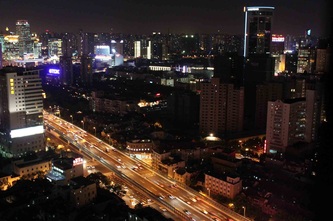
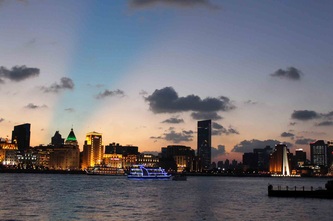







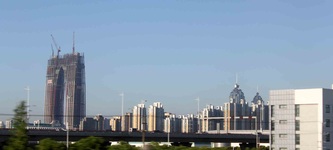



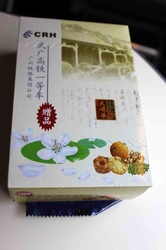



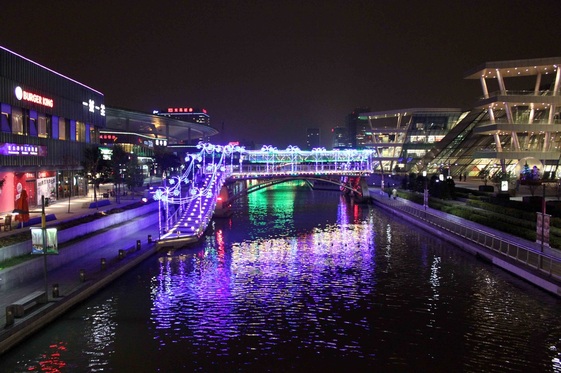



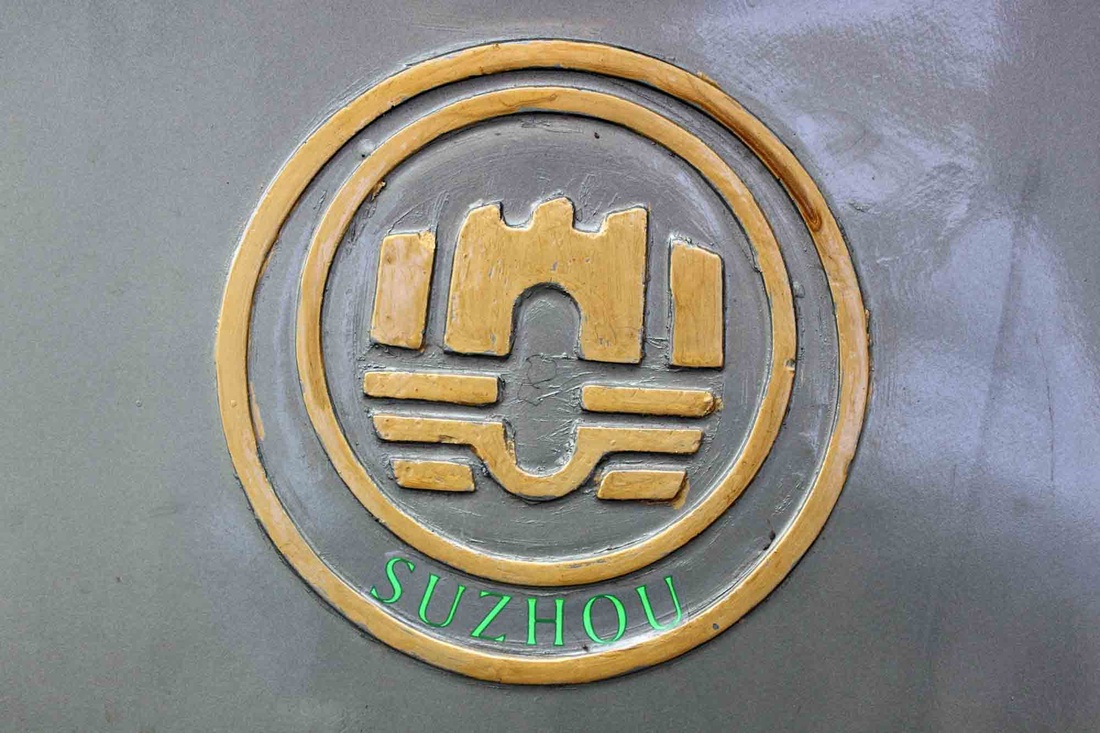
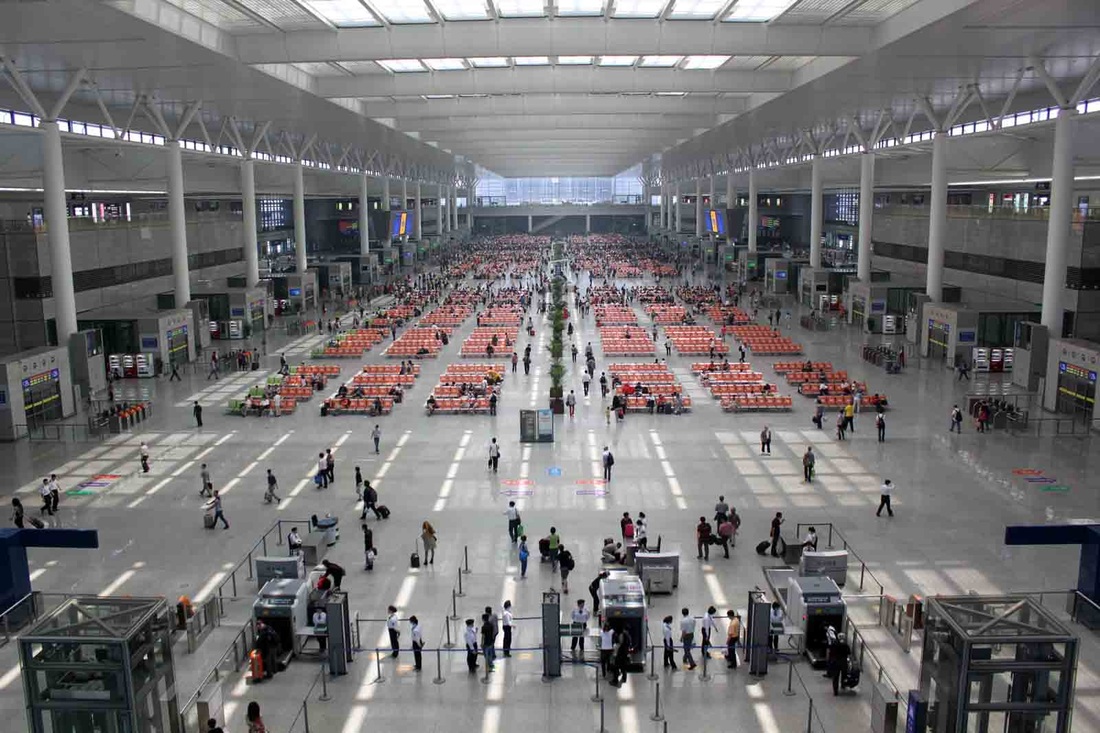




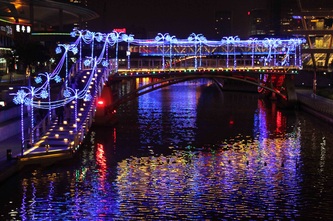







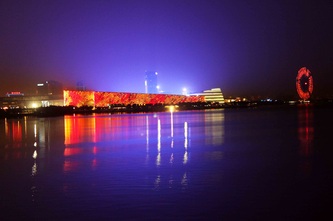





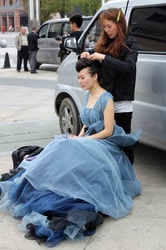

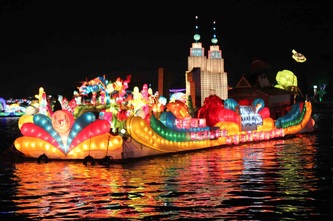

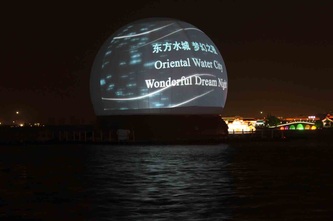


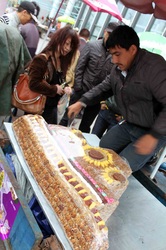


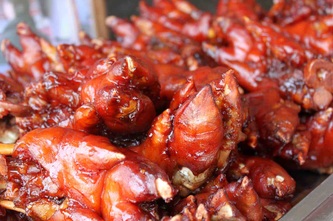

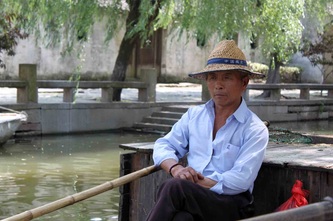



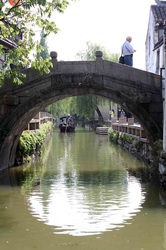



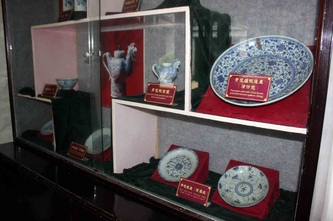
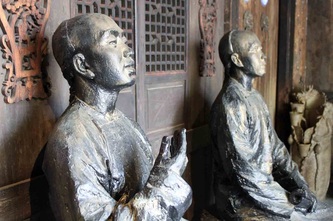







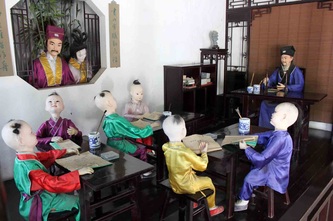








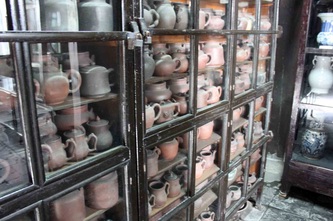

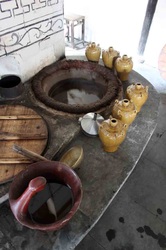

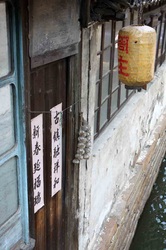





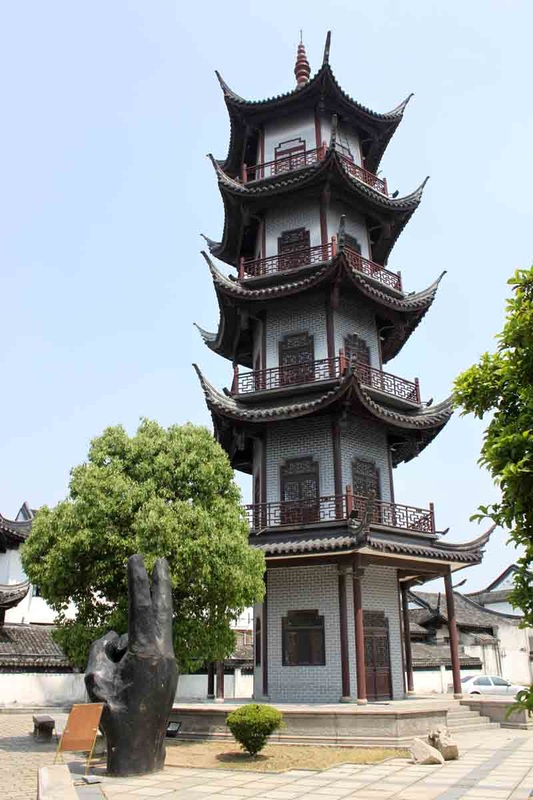
















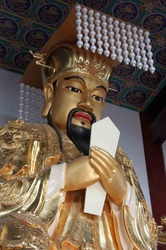





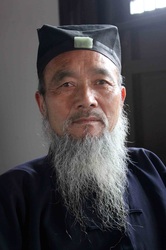

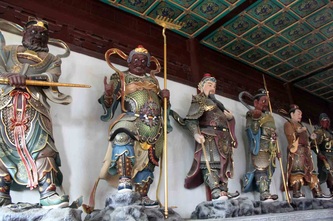




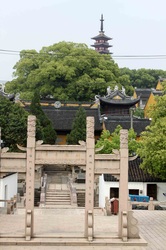




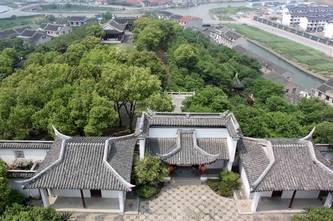



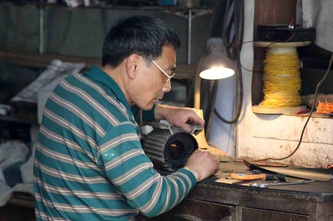
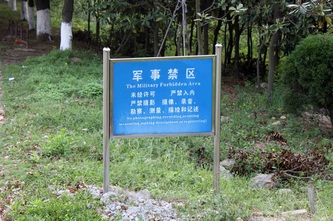







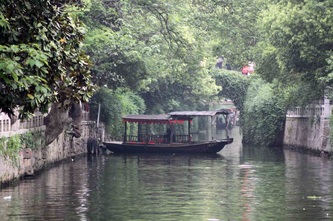
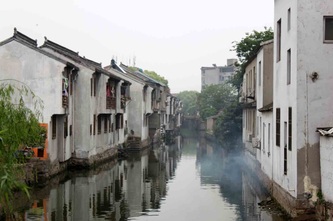
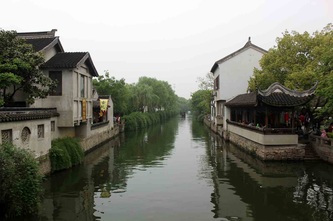













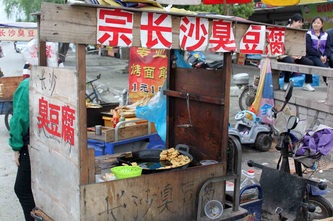



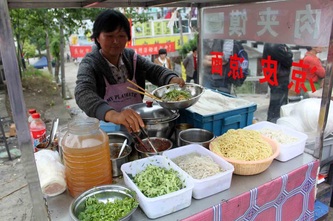
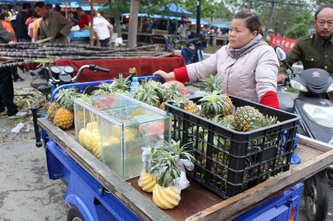


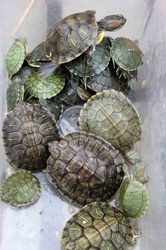
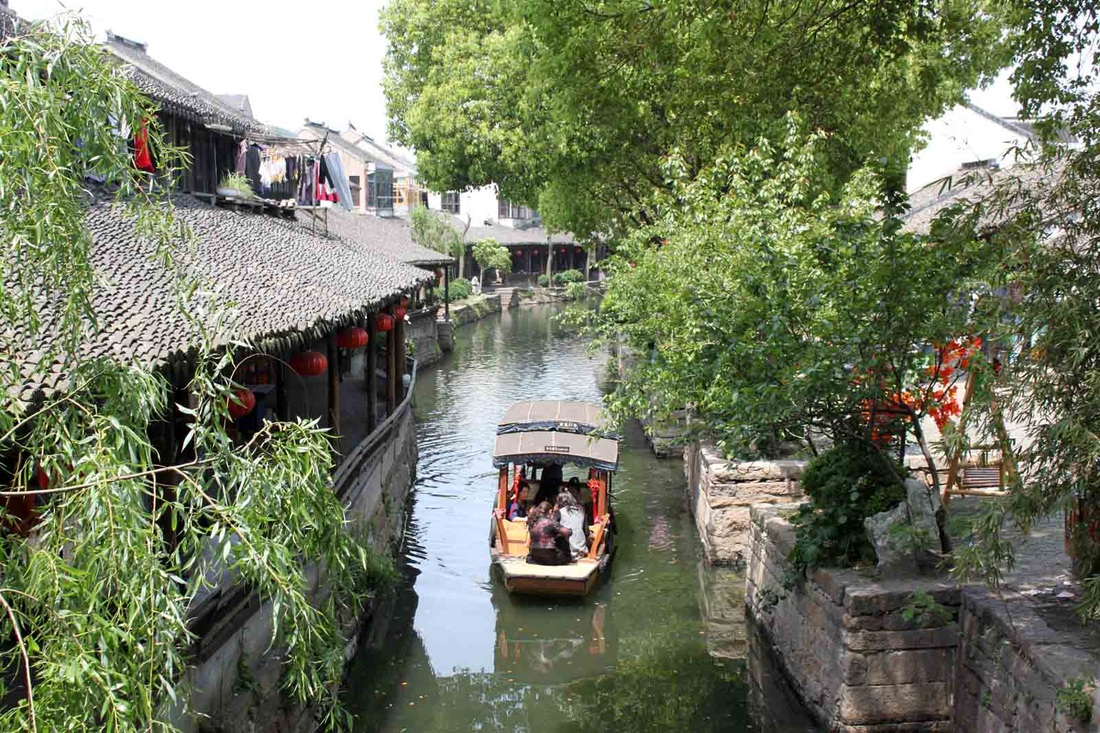




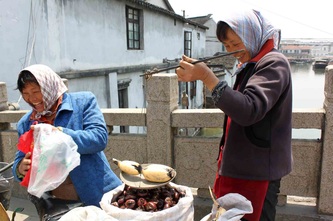


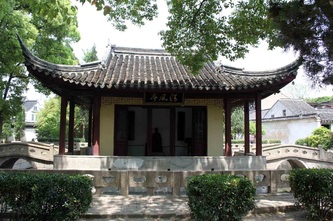
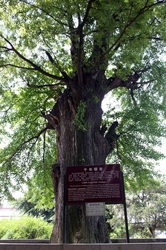






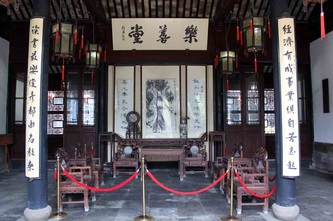

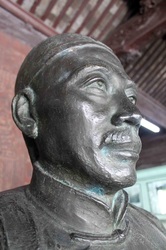


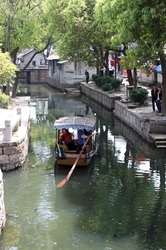



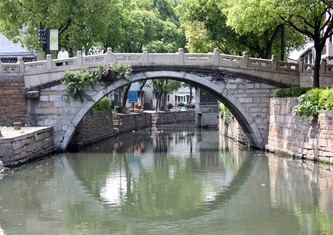

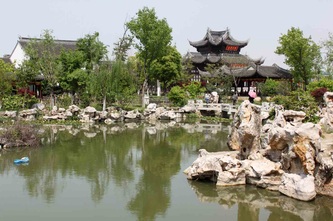



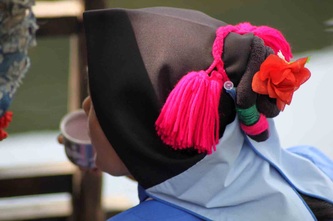





















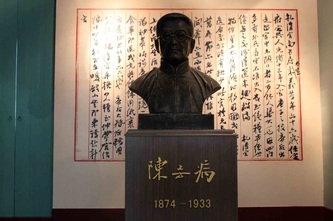
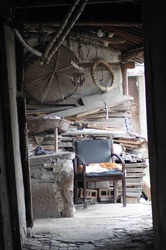

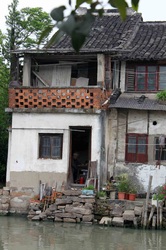



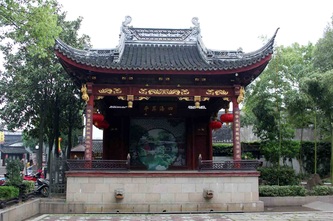
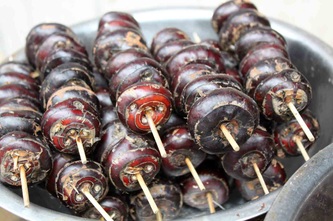
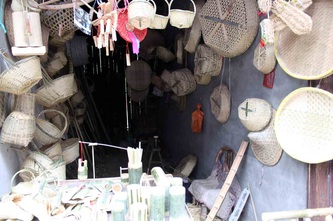
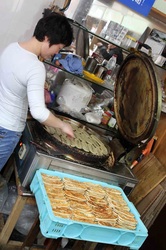













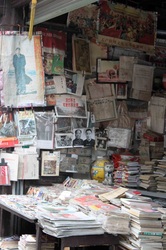

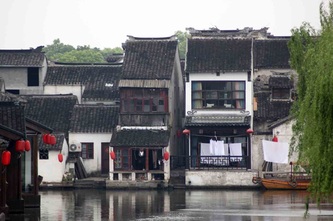



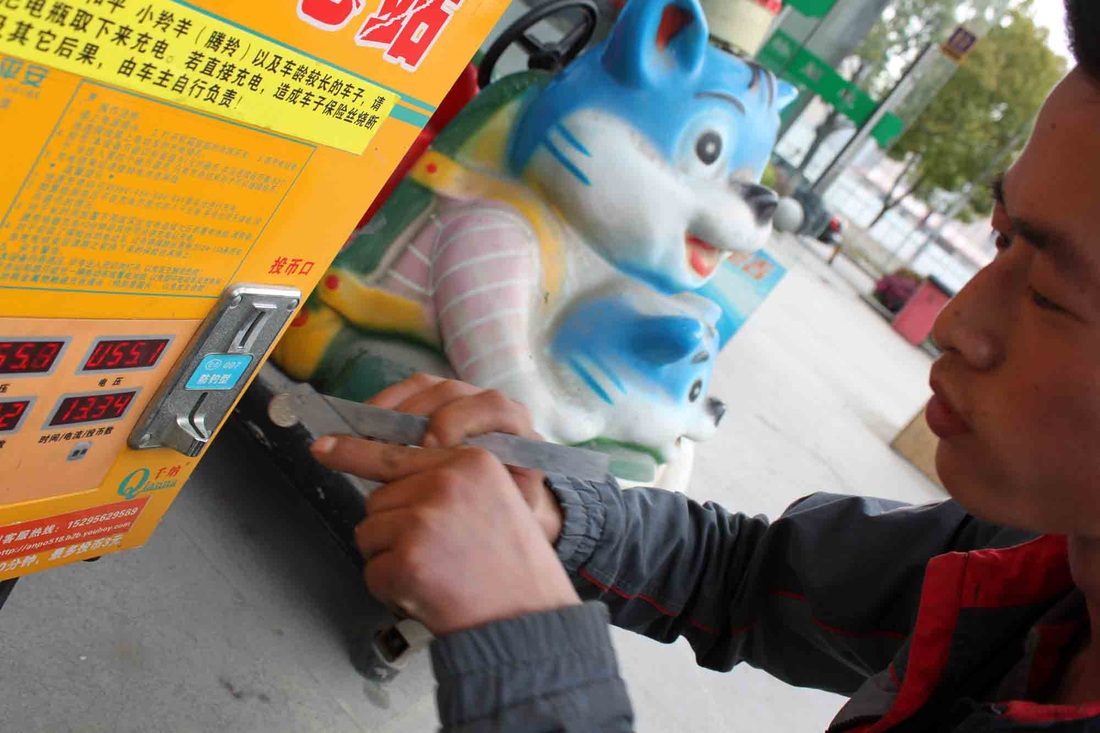





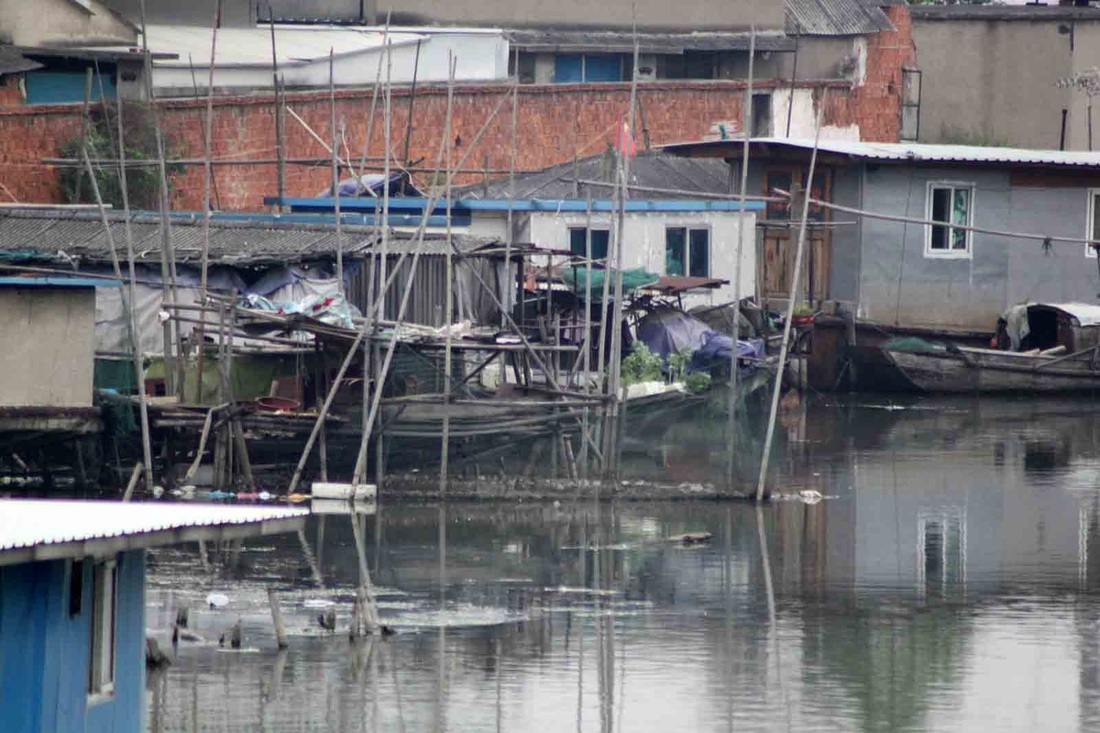
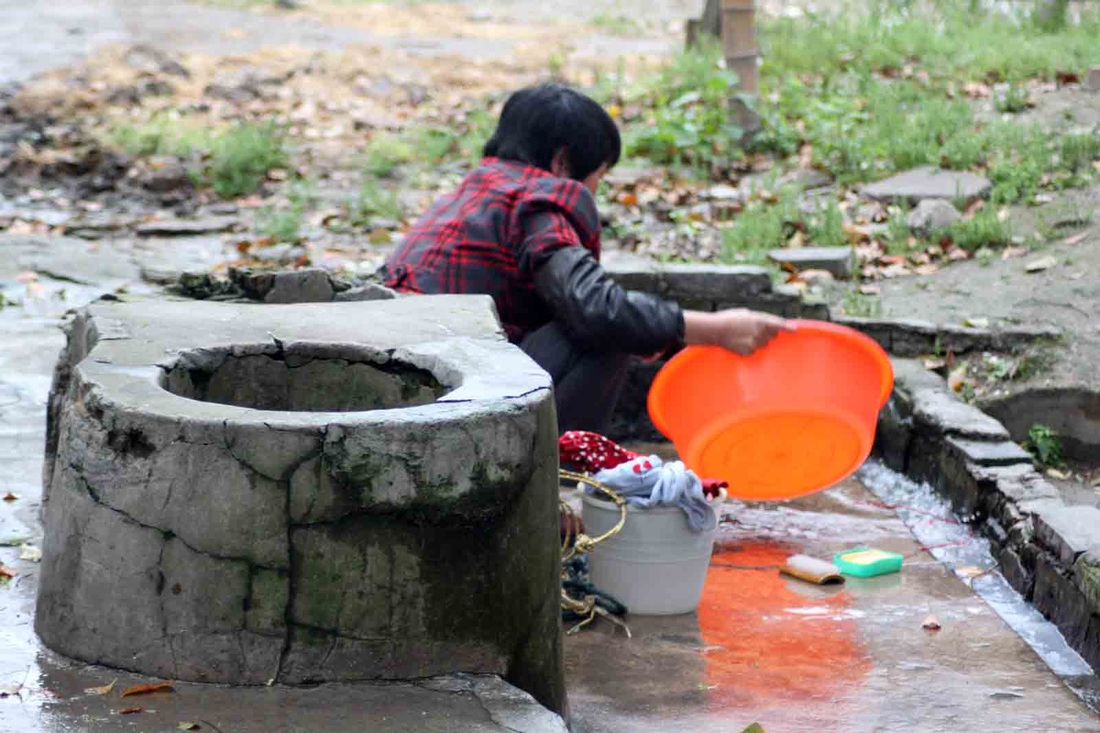
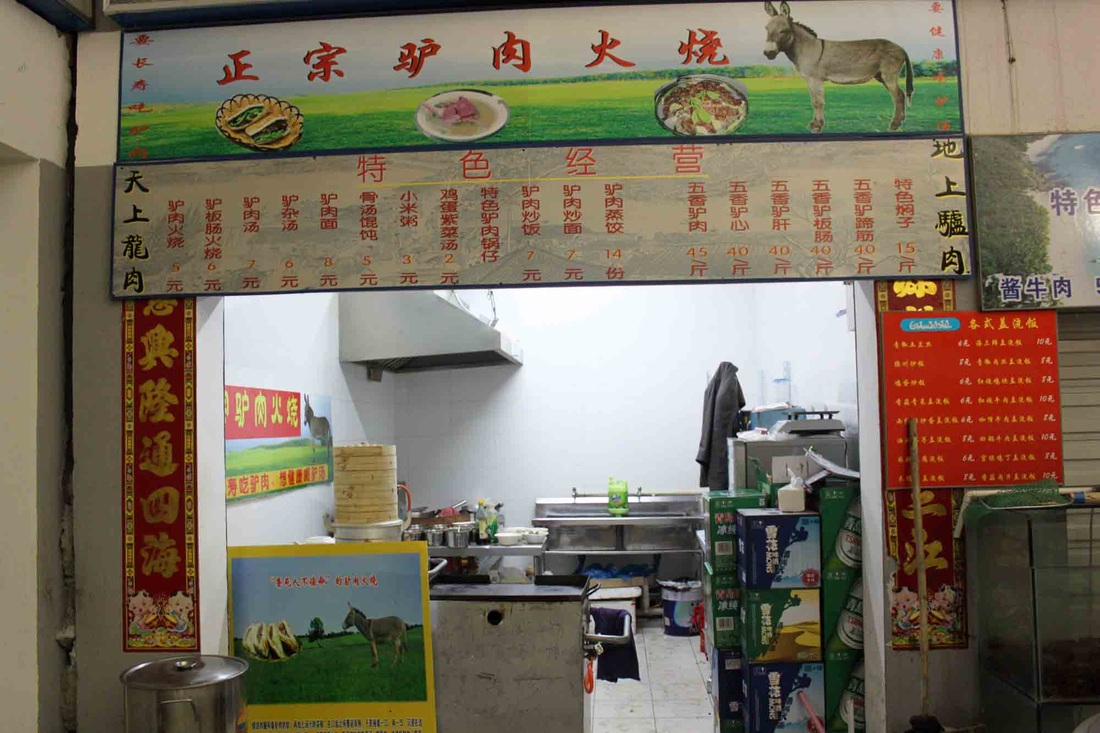
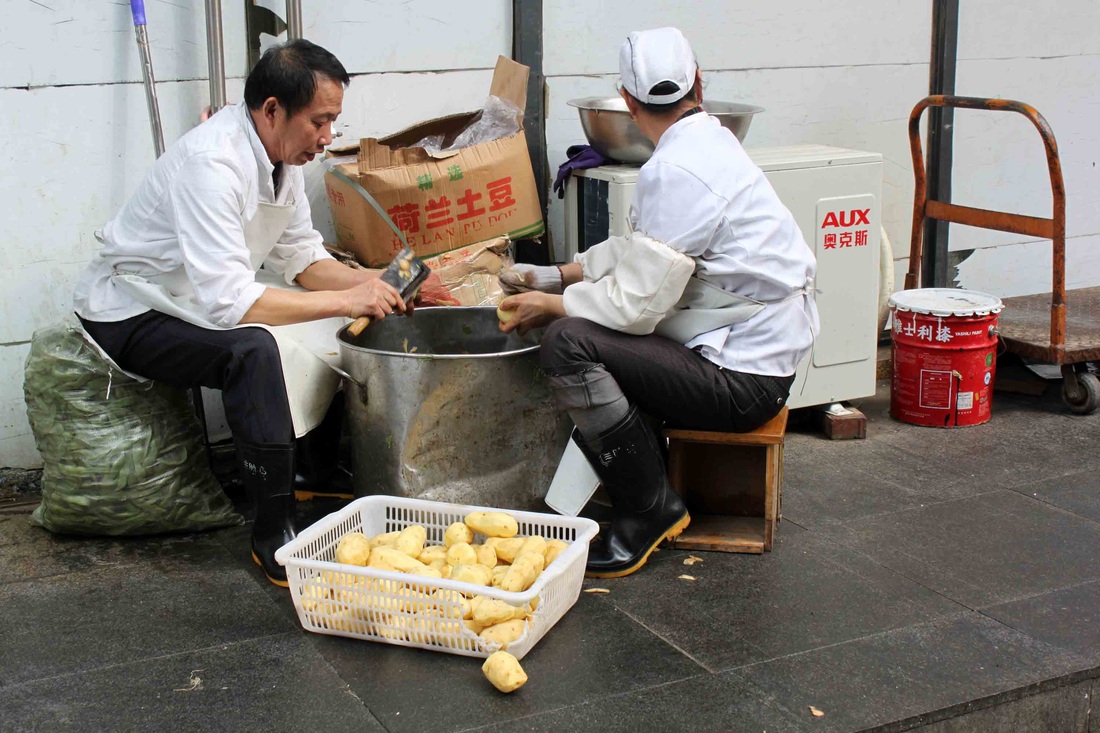


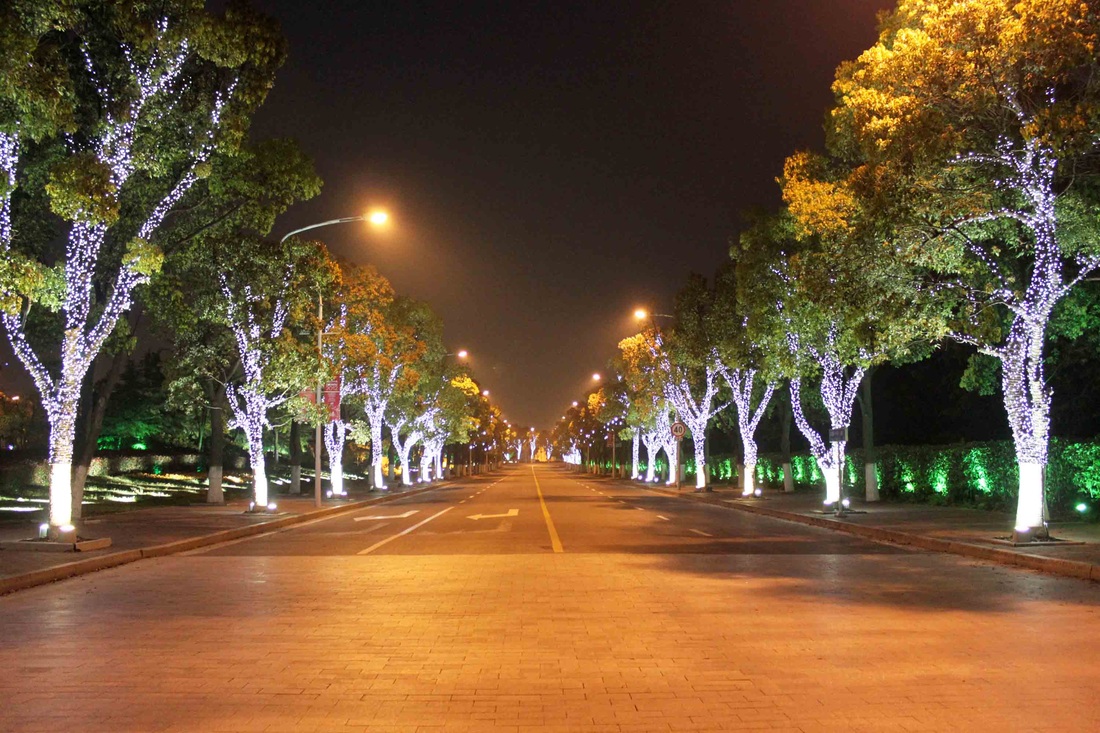





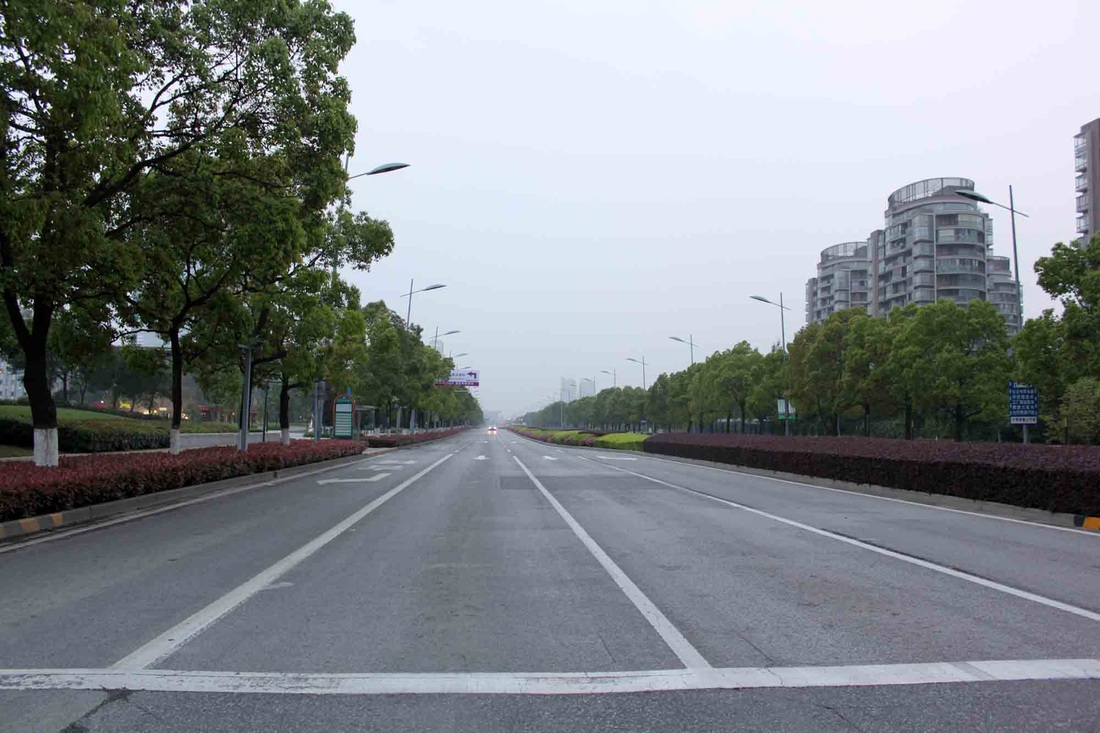

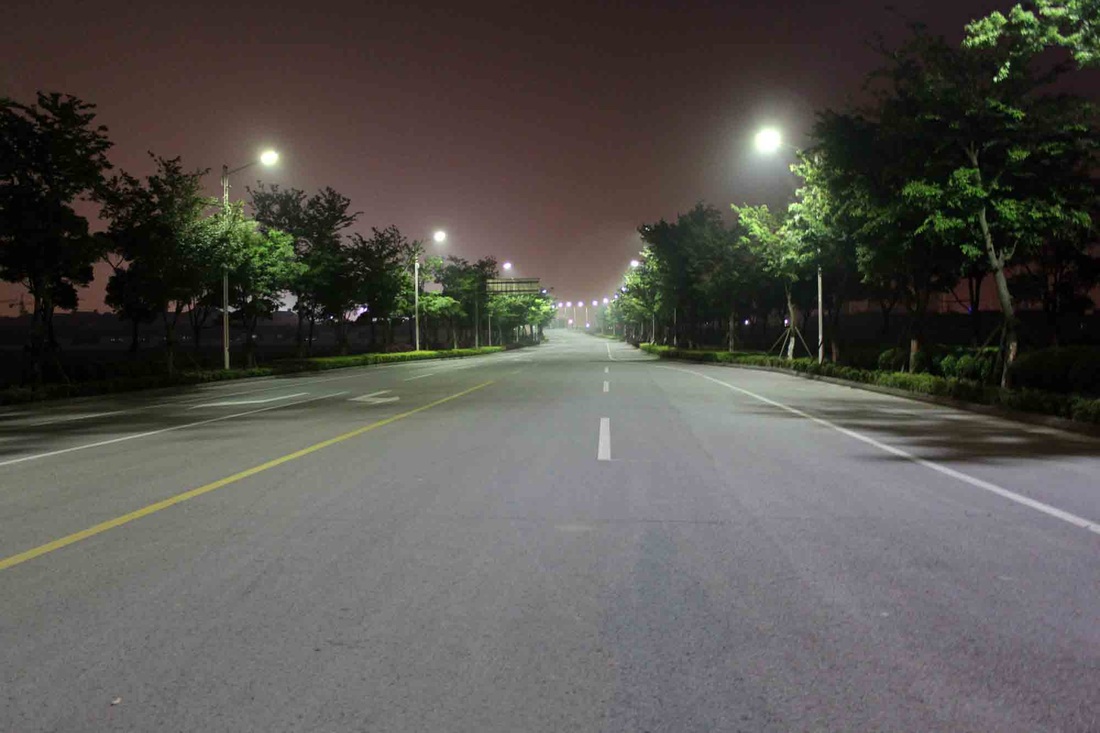
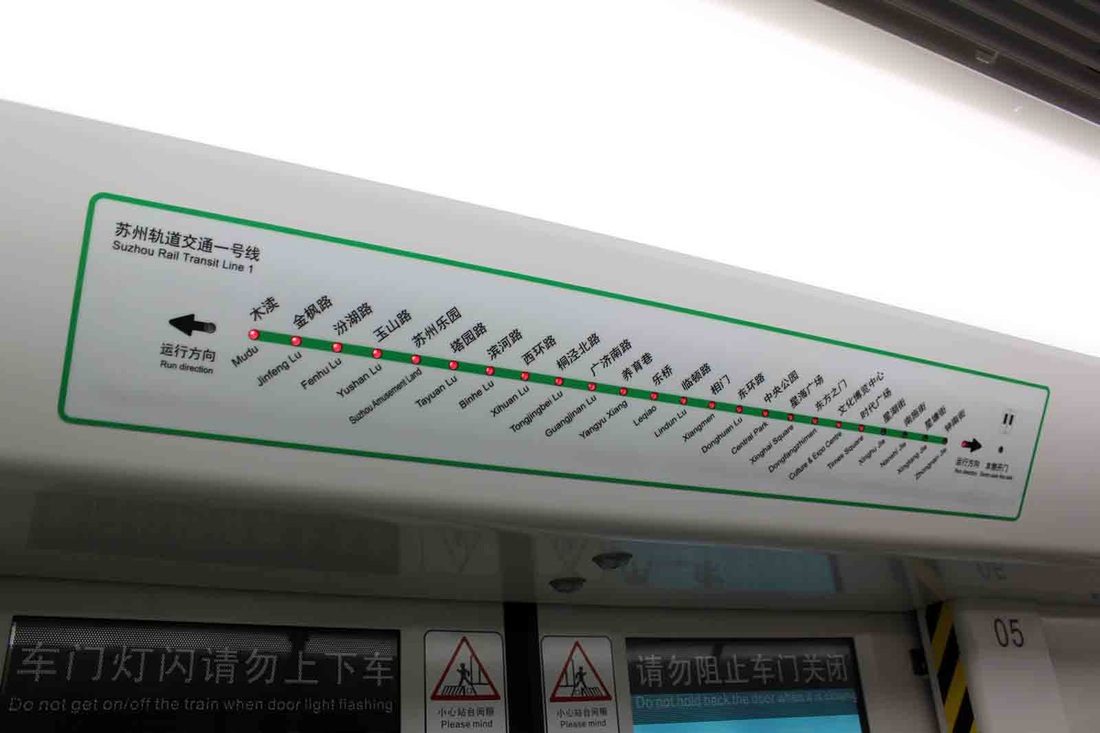


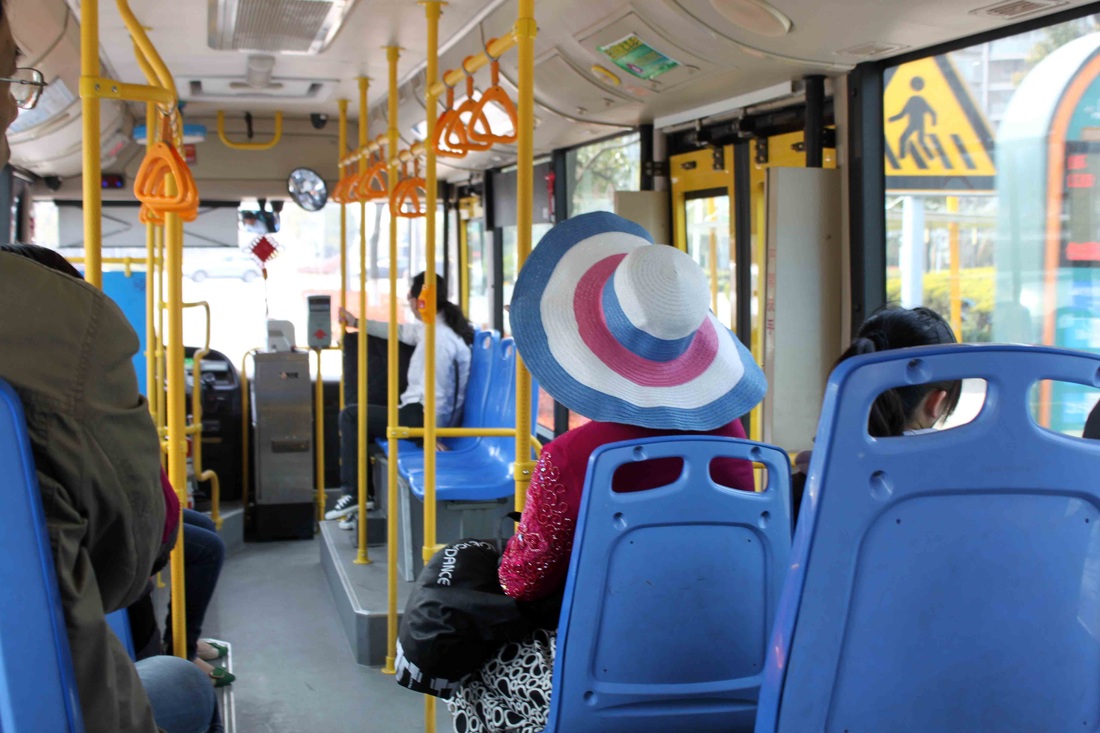
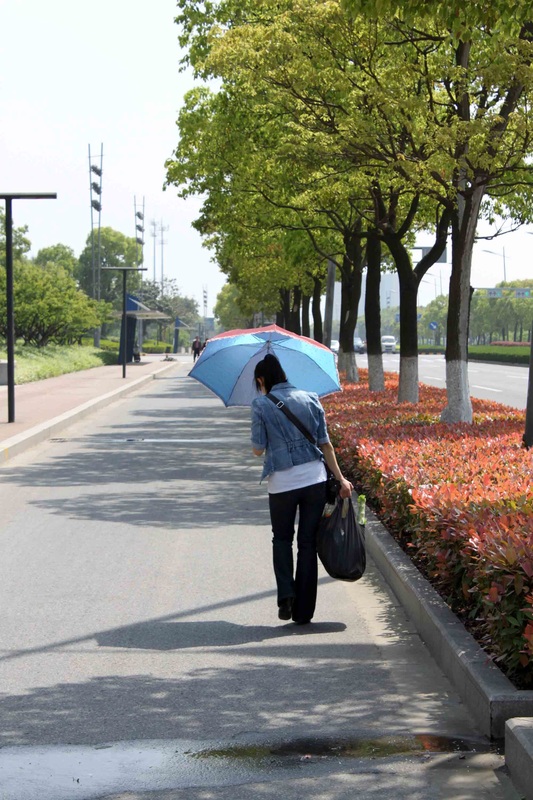



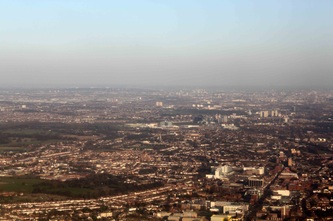





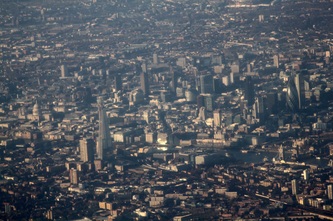


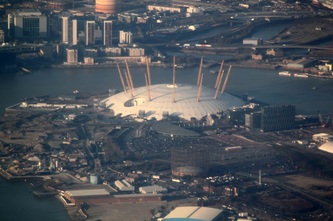
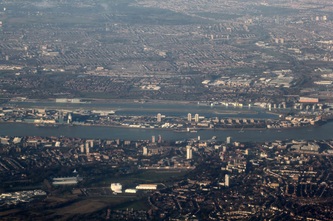

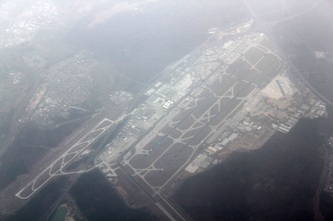














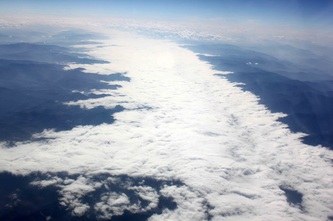
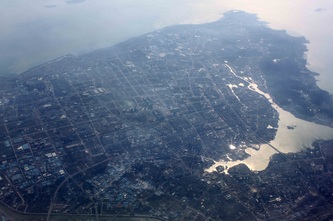
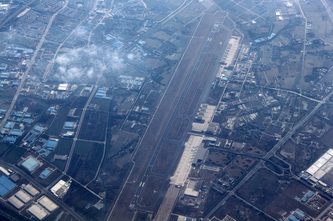


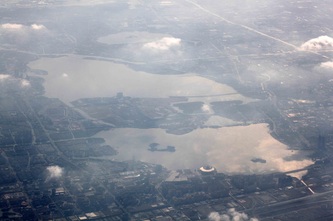

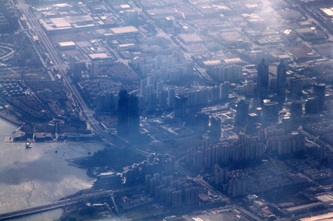
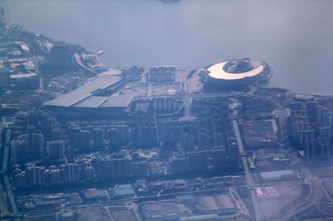


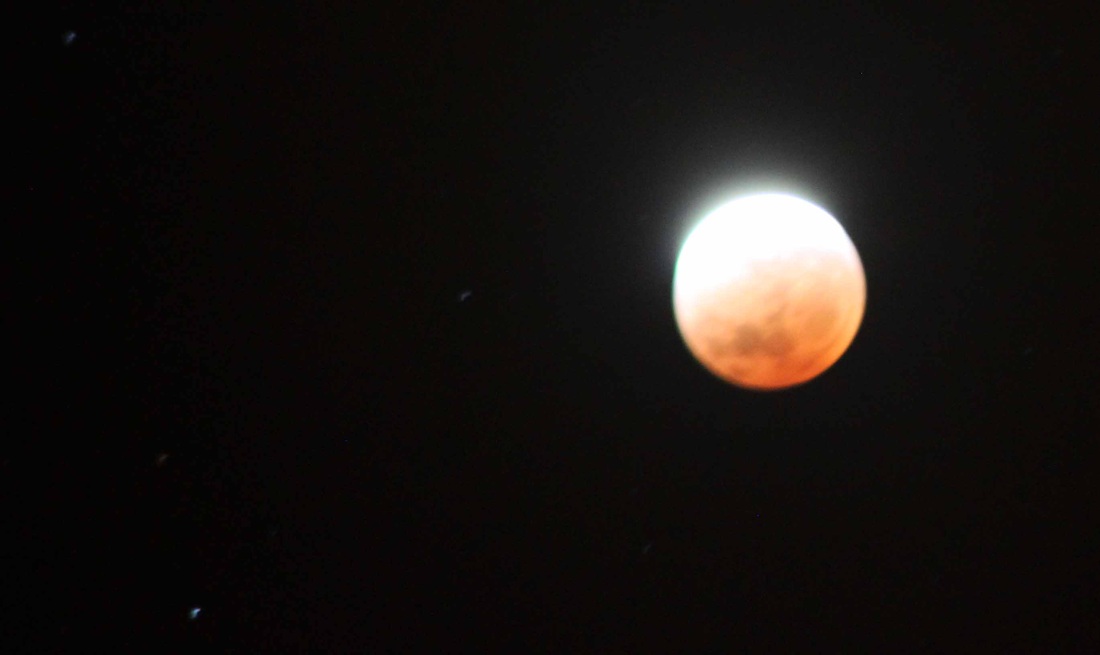





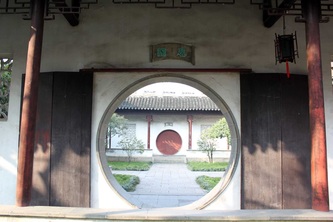

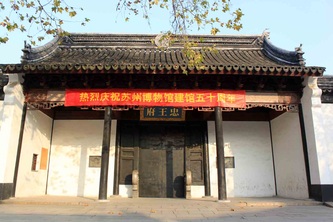


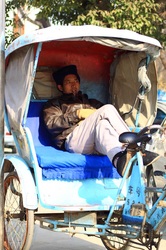

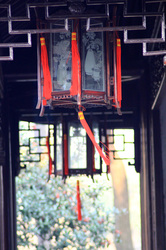




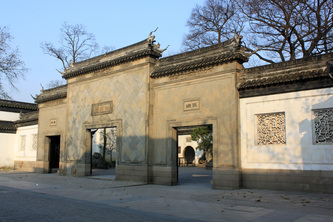




















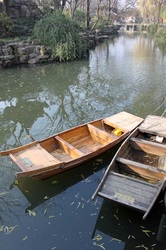
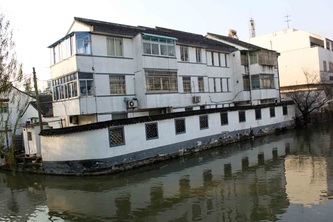




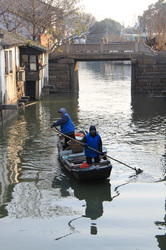





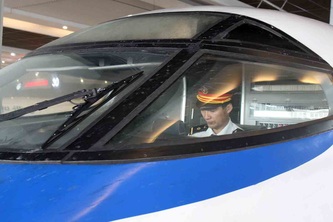


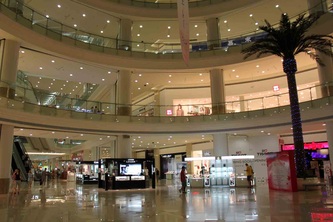

 RSS Feed
RSS Feed


